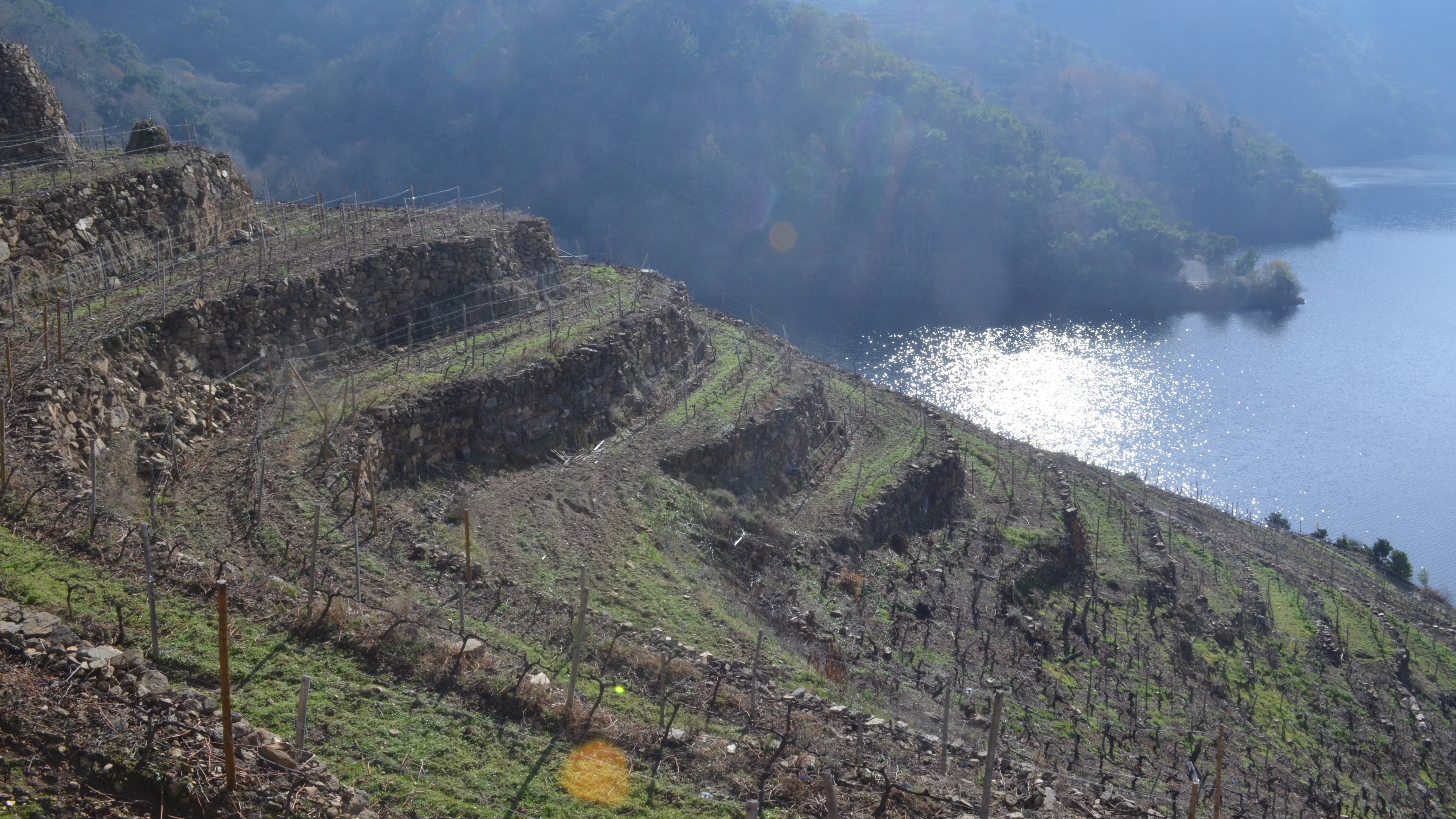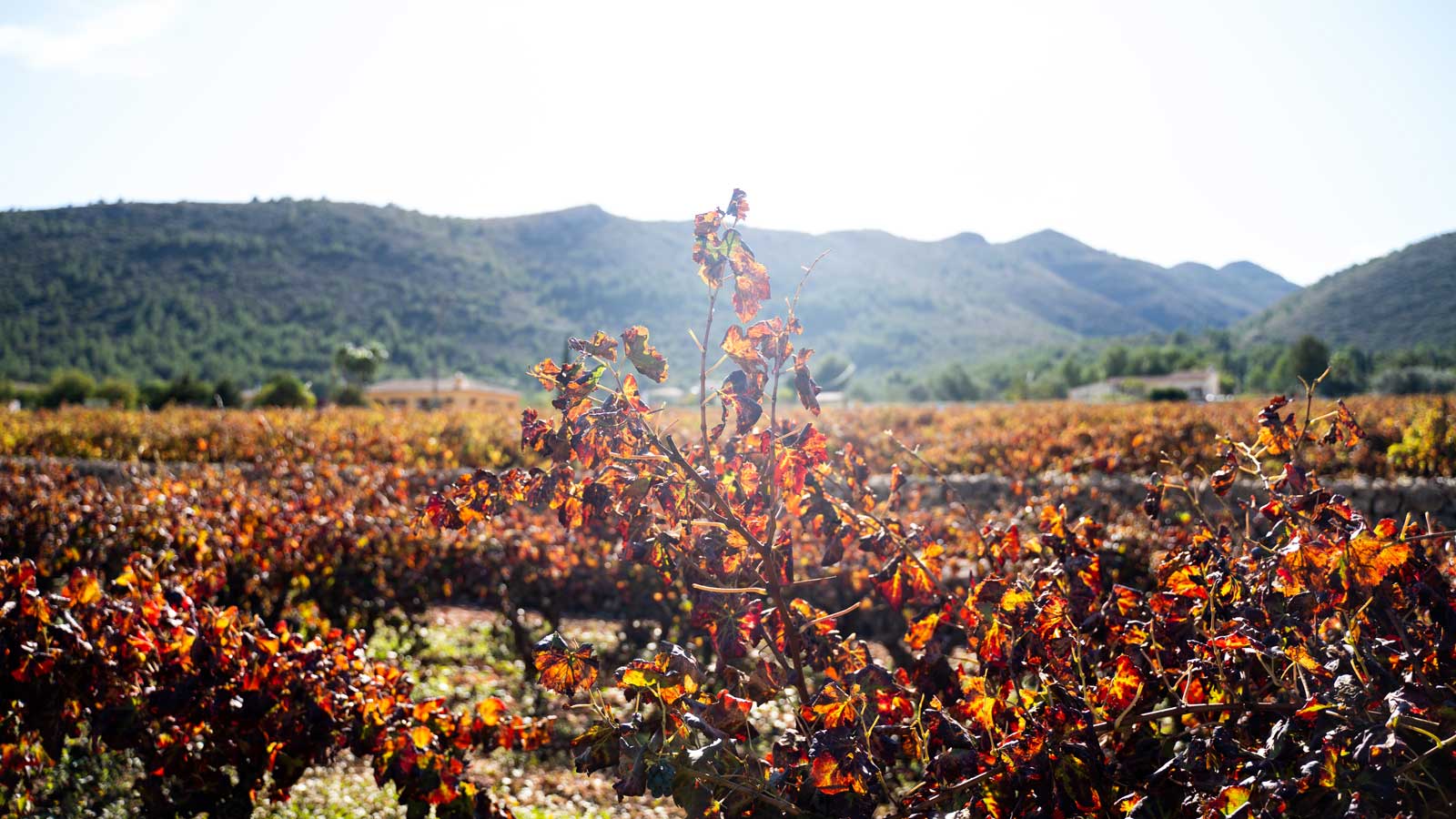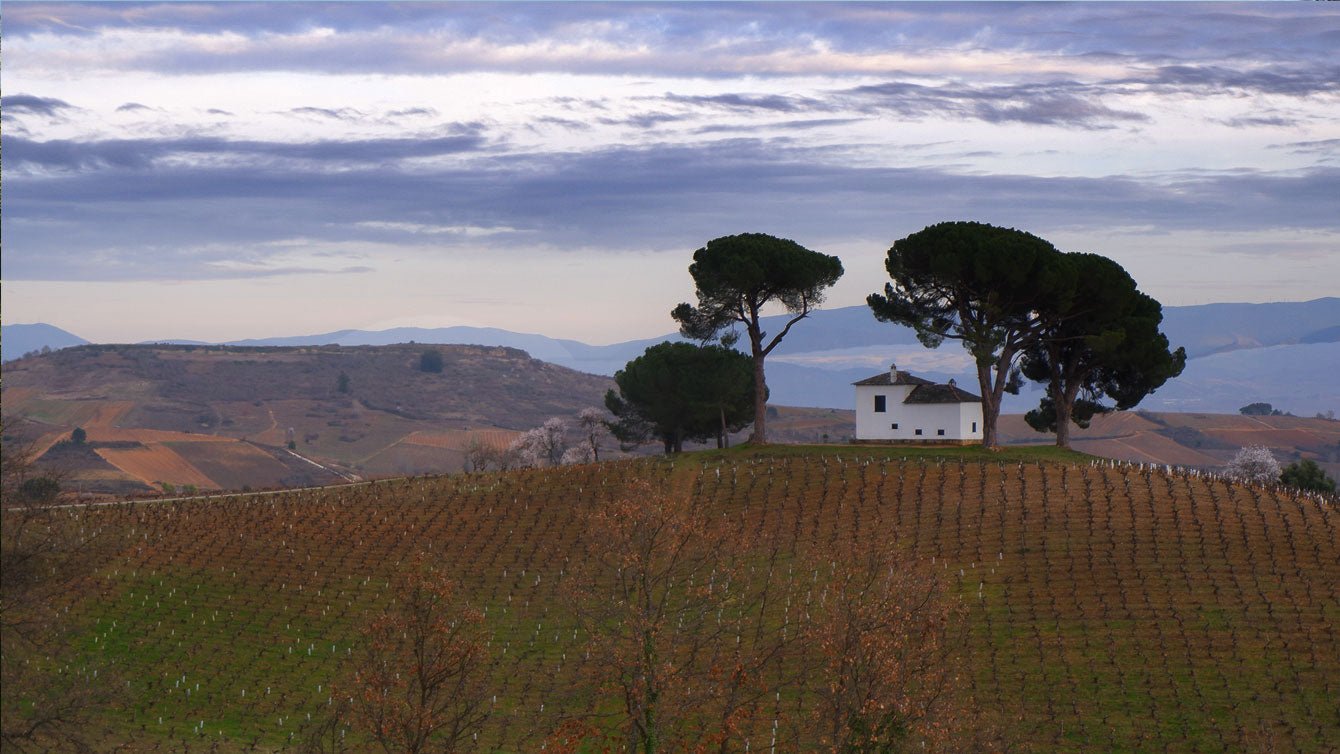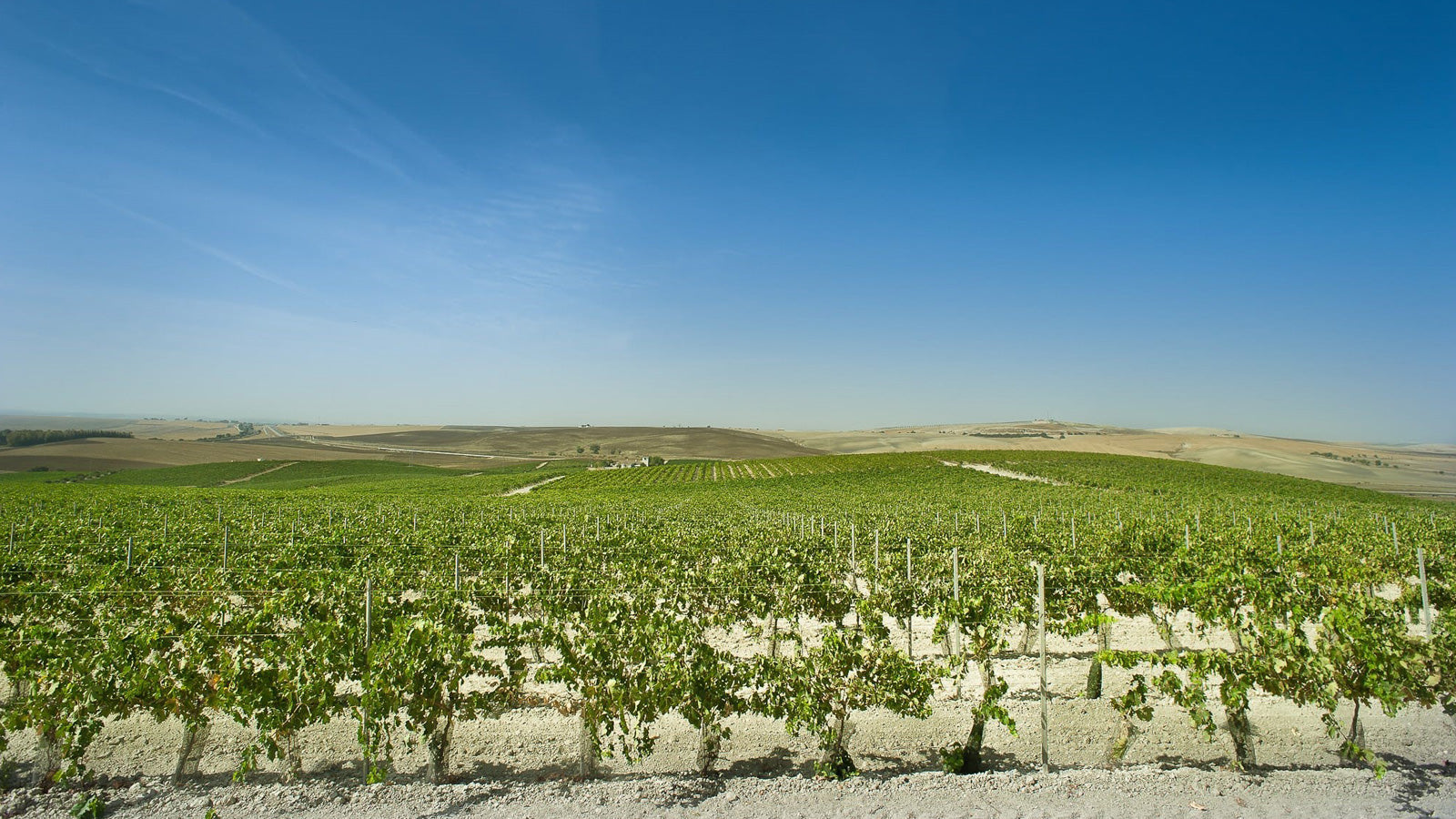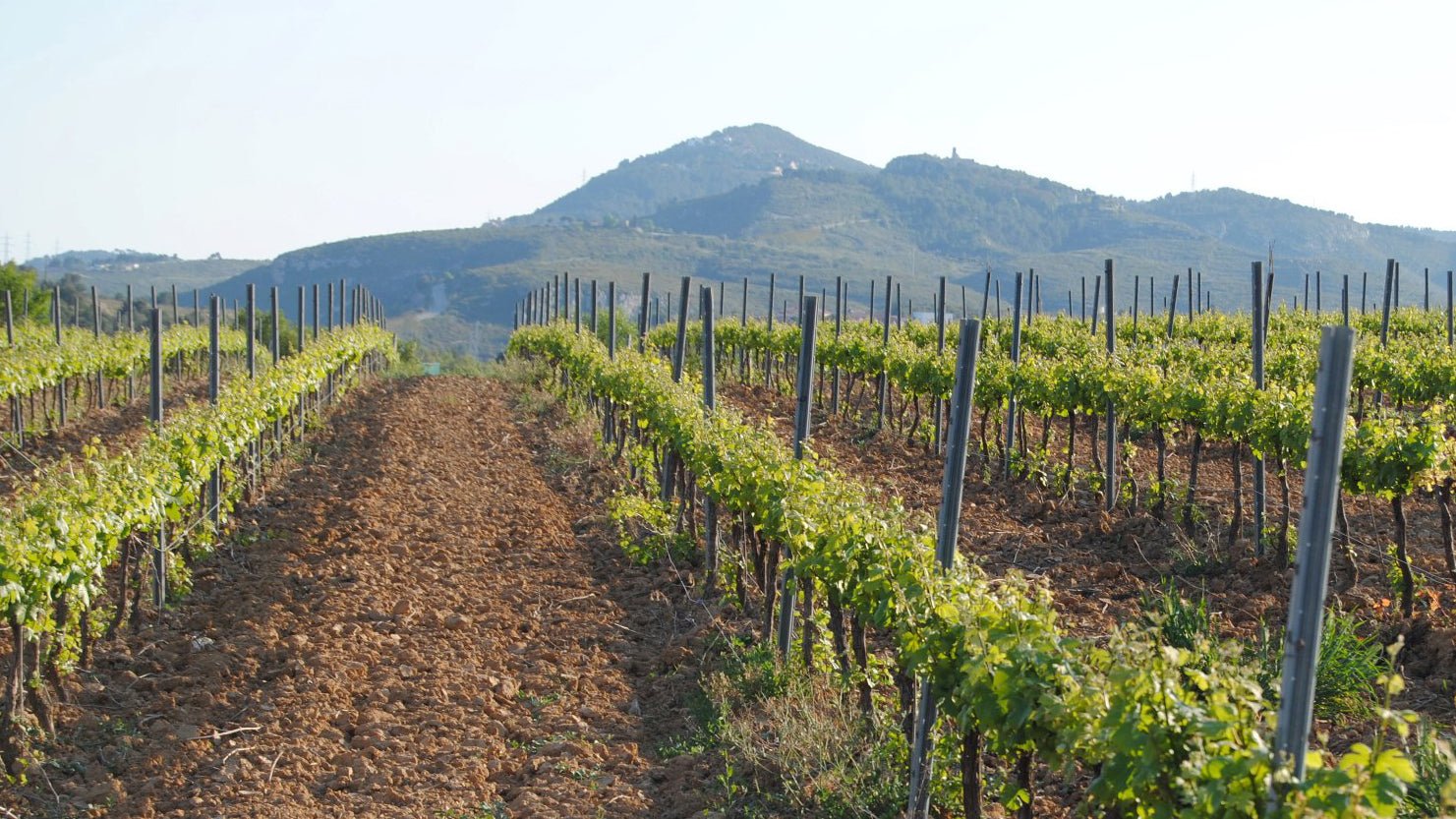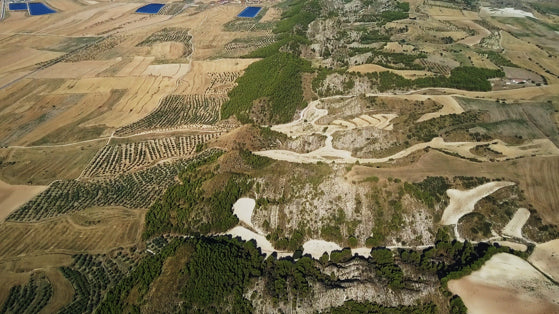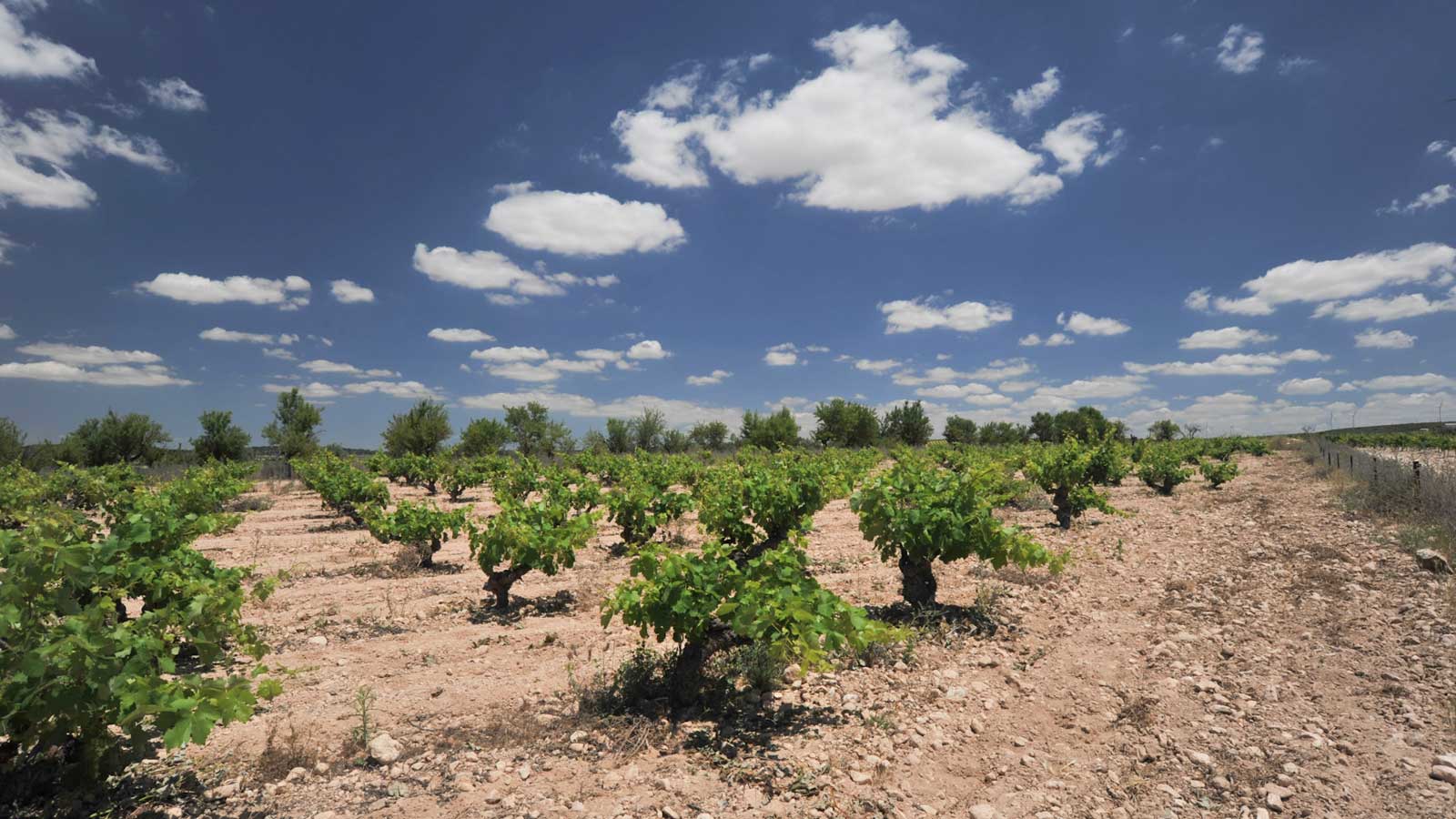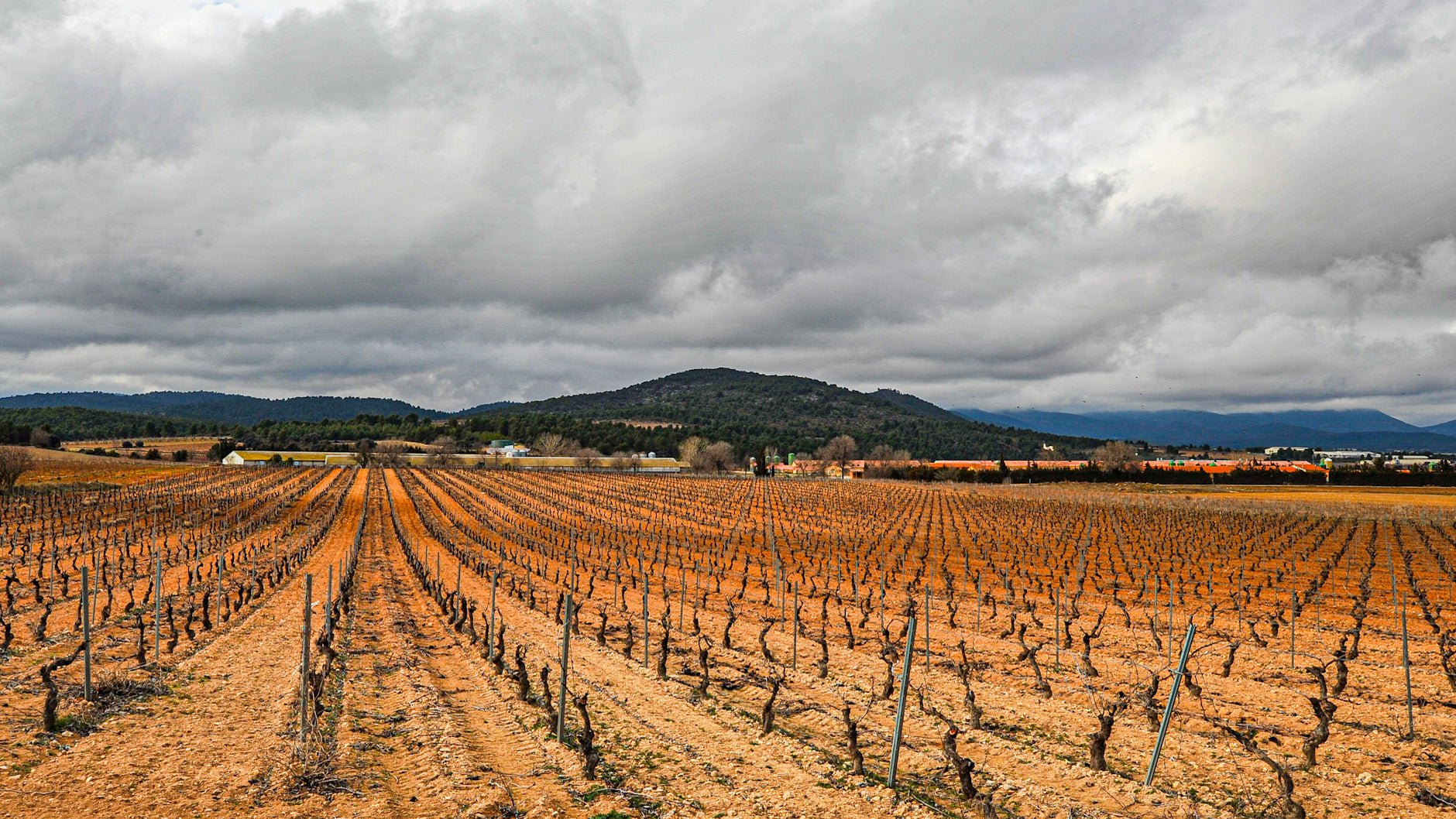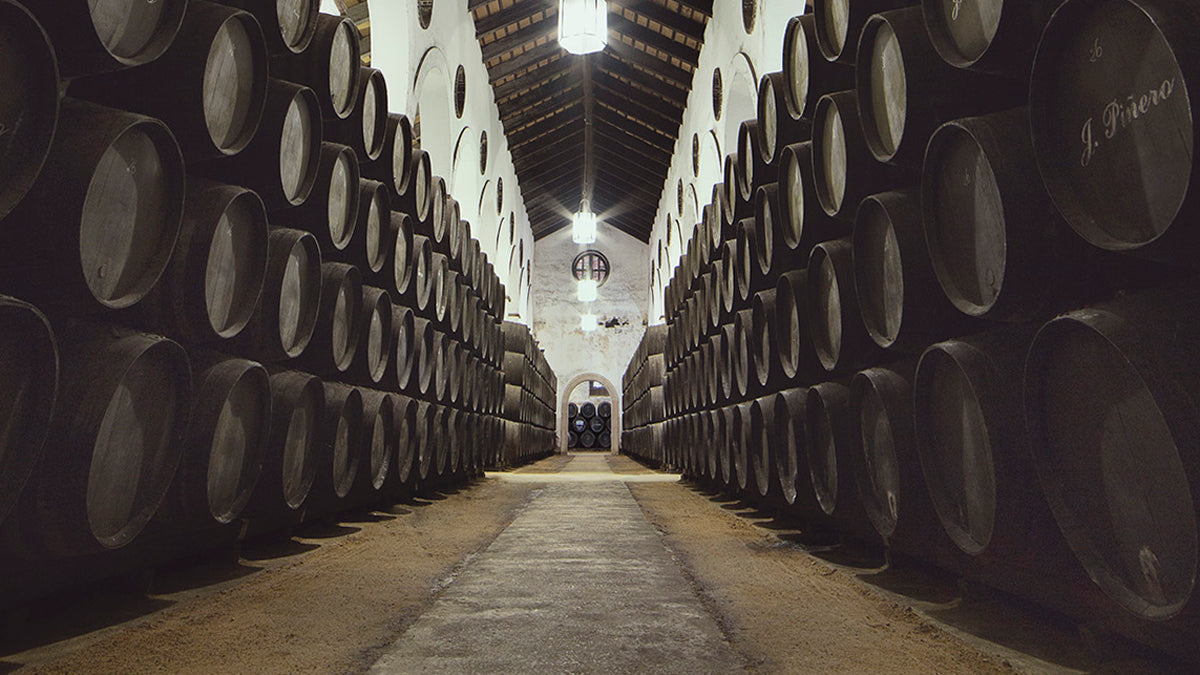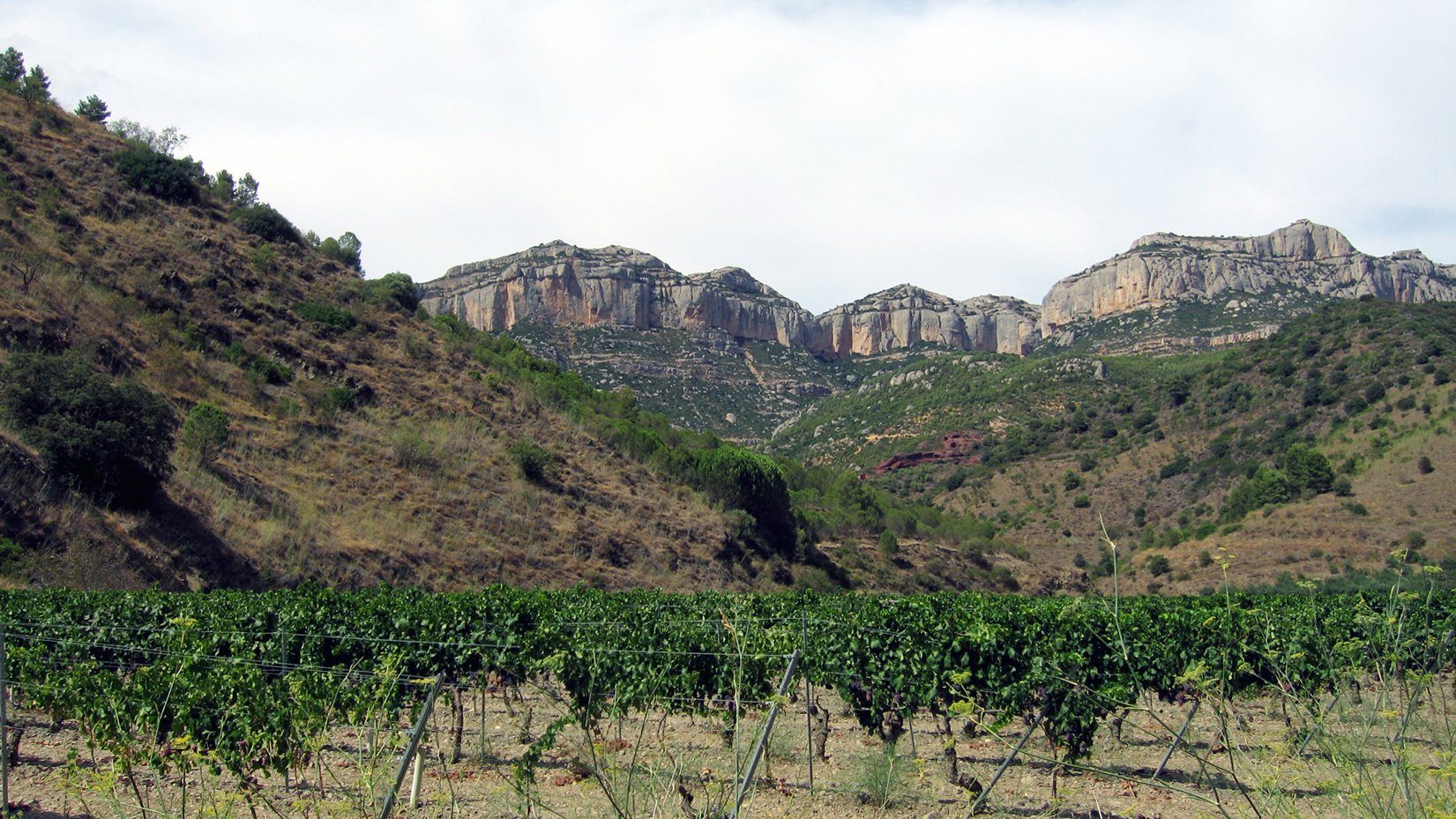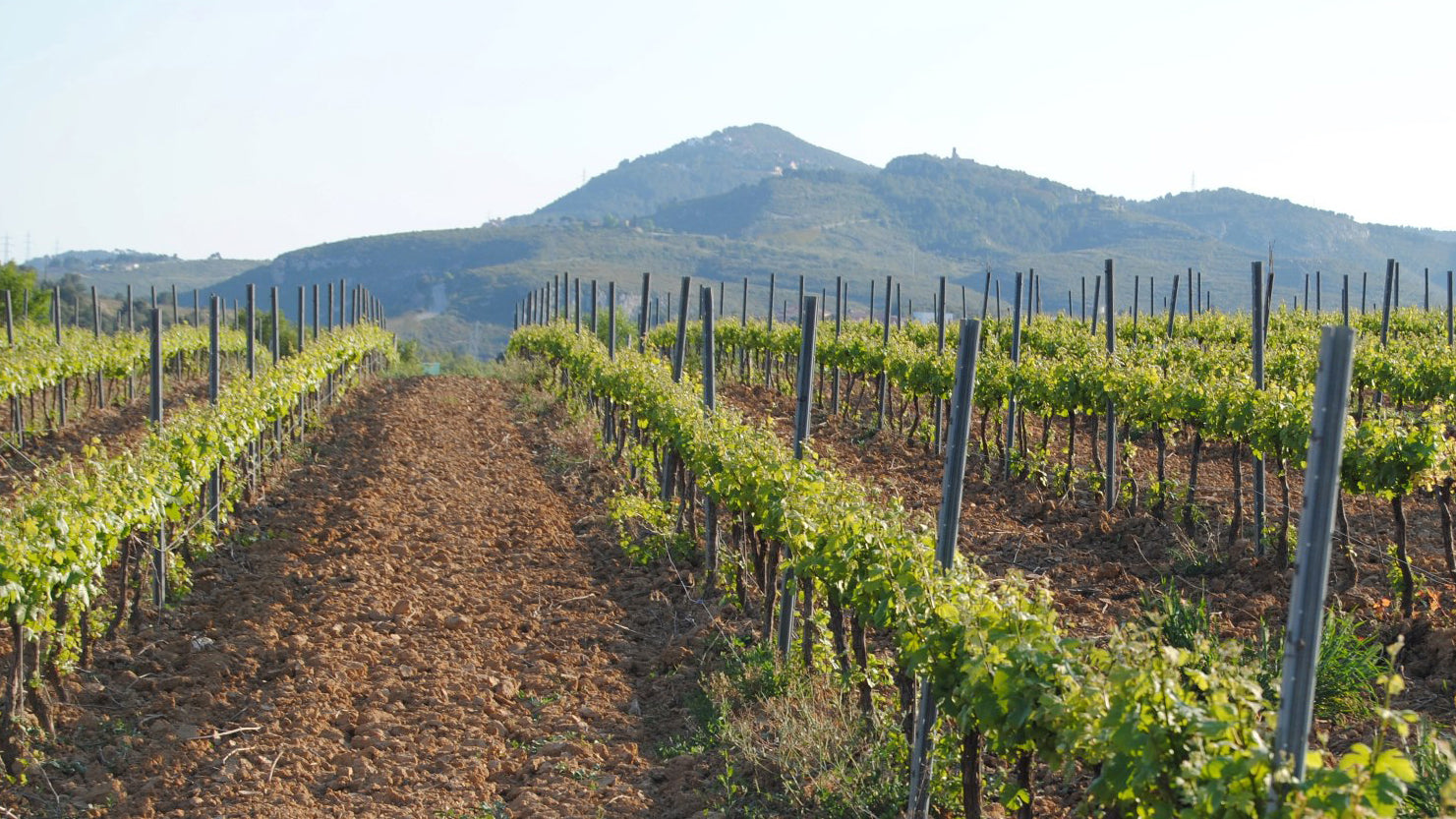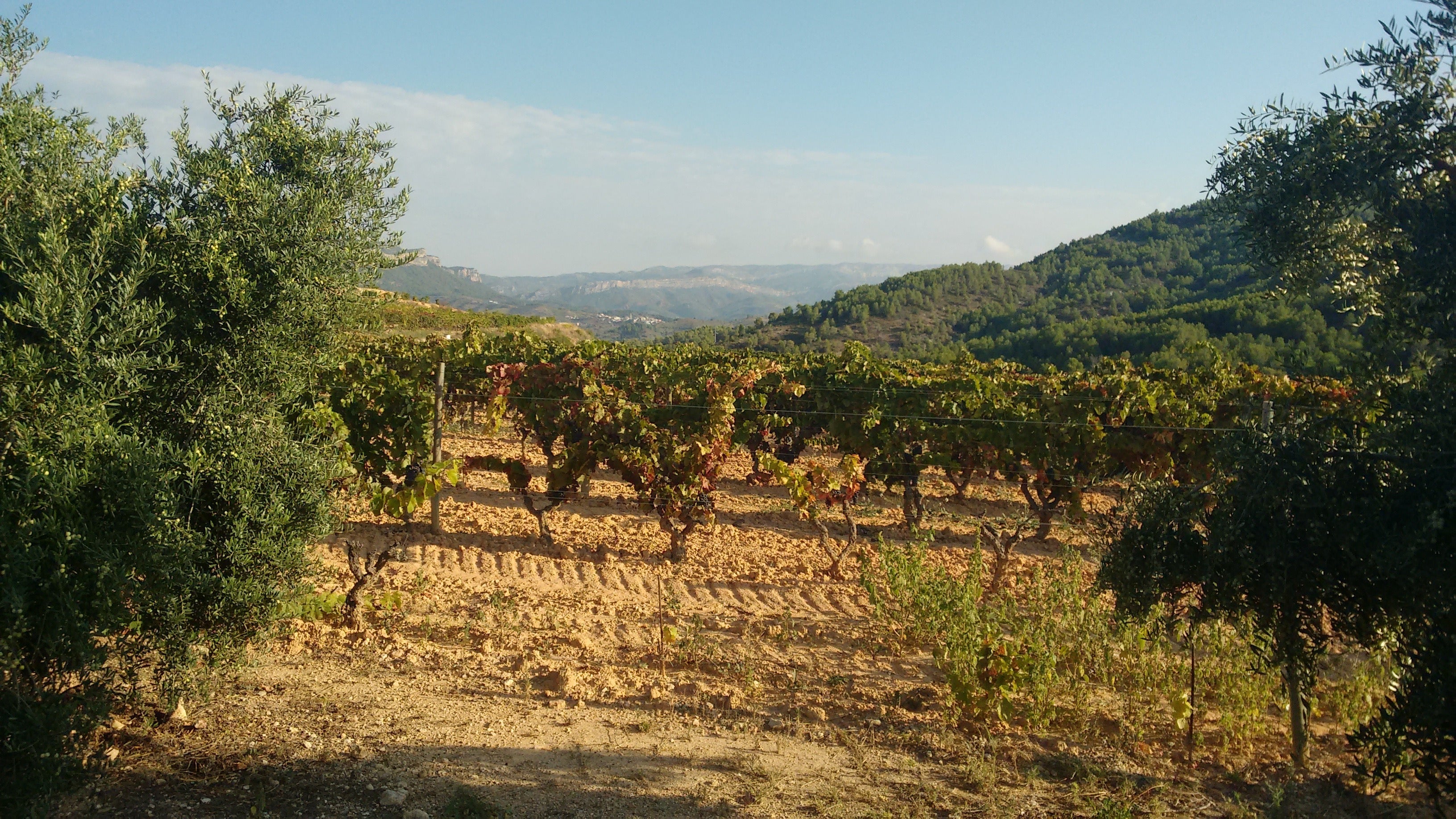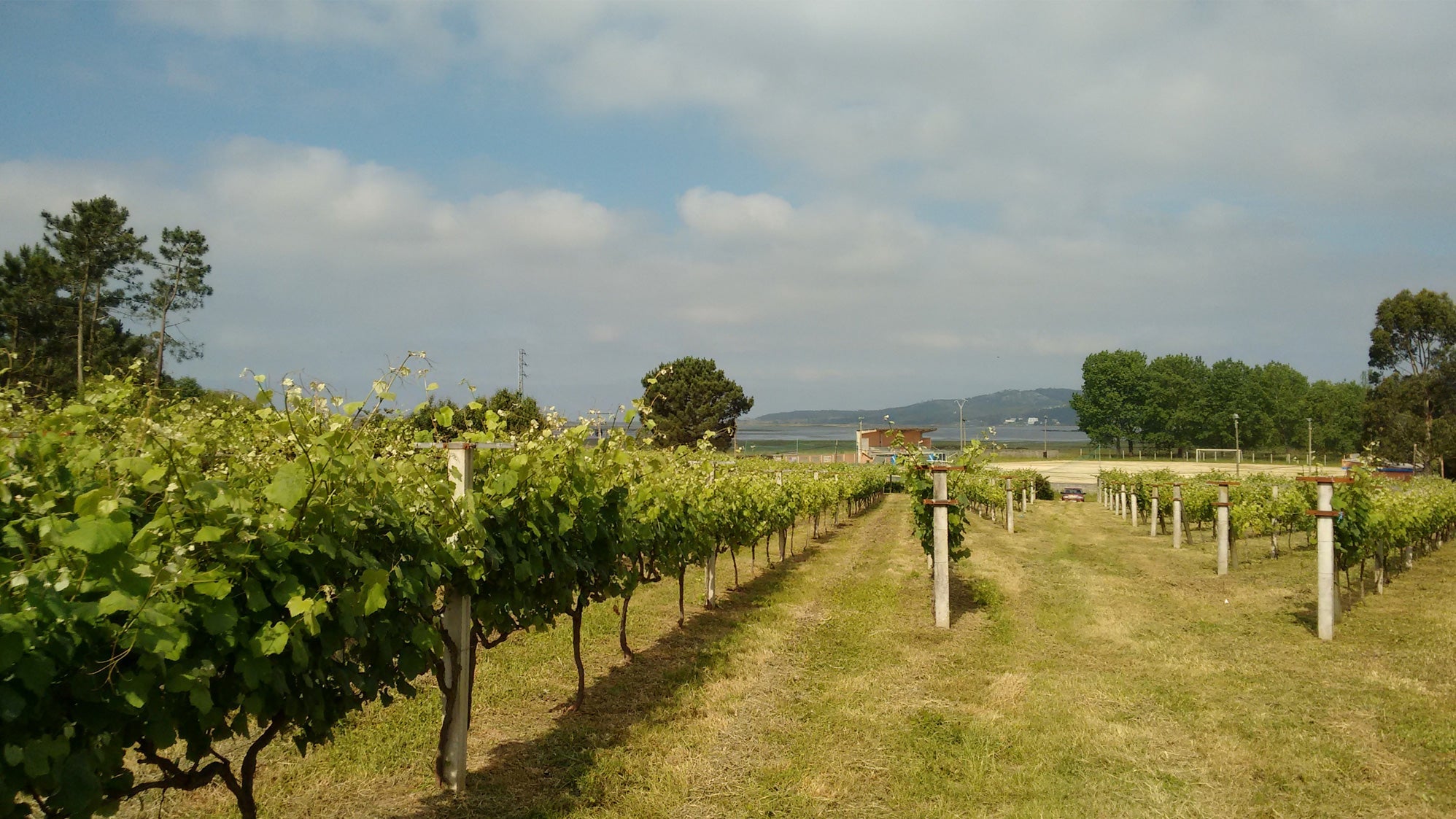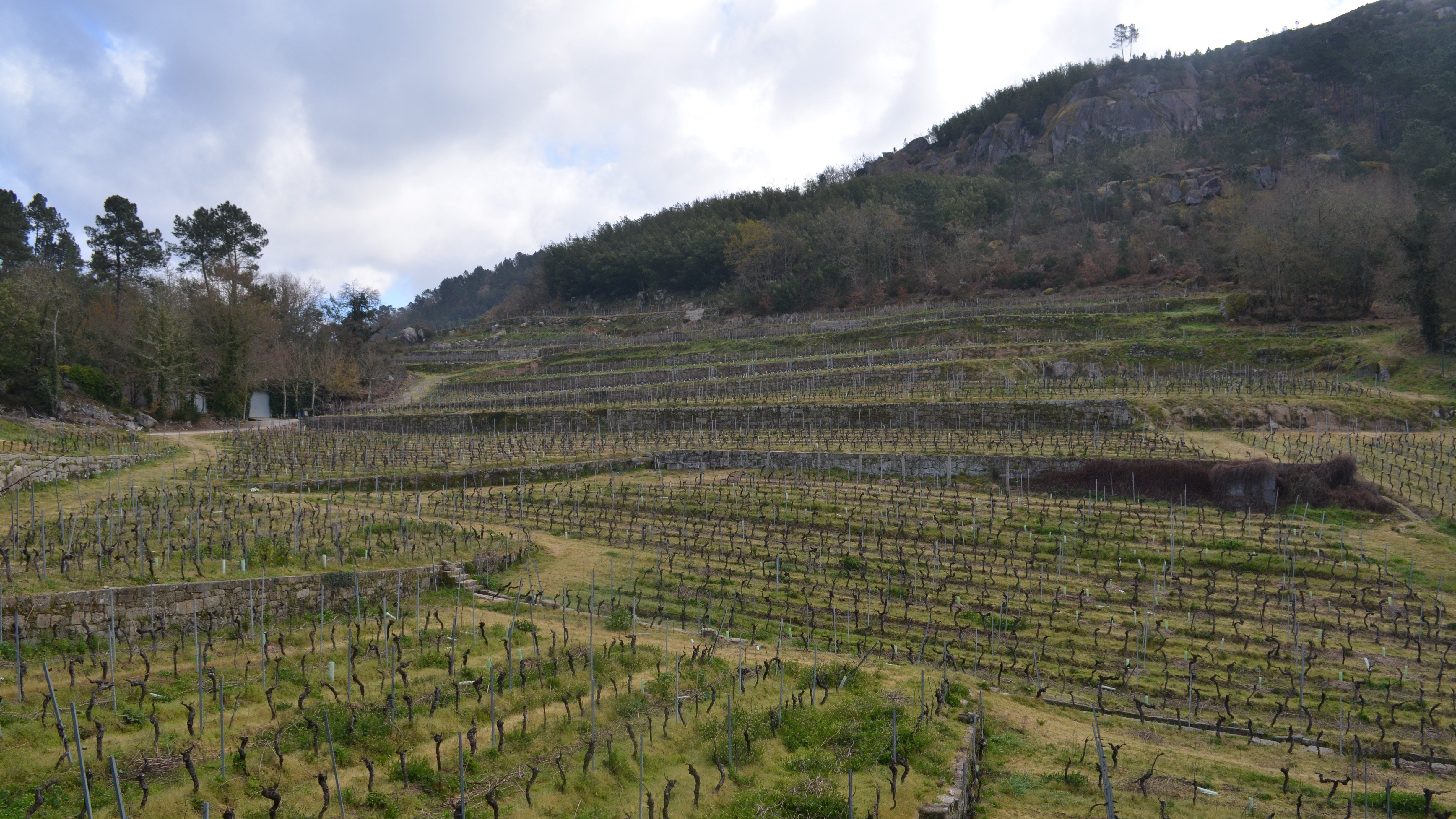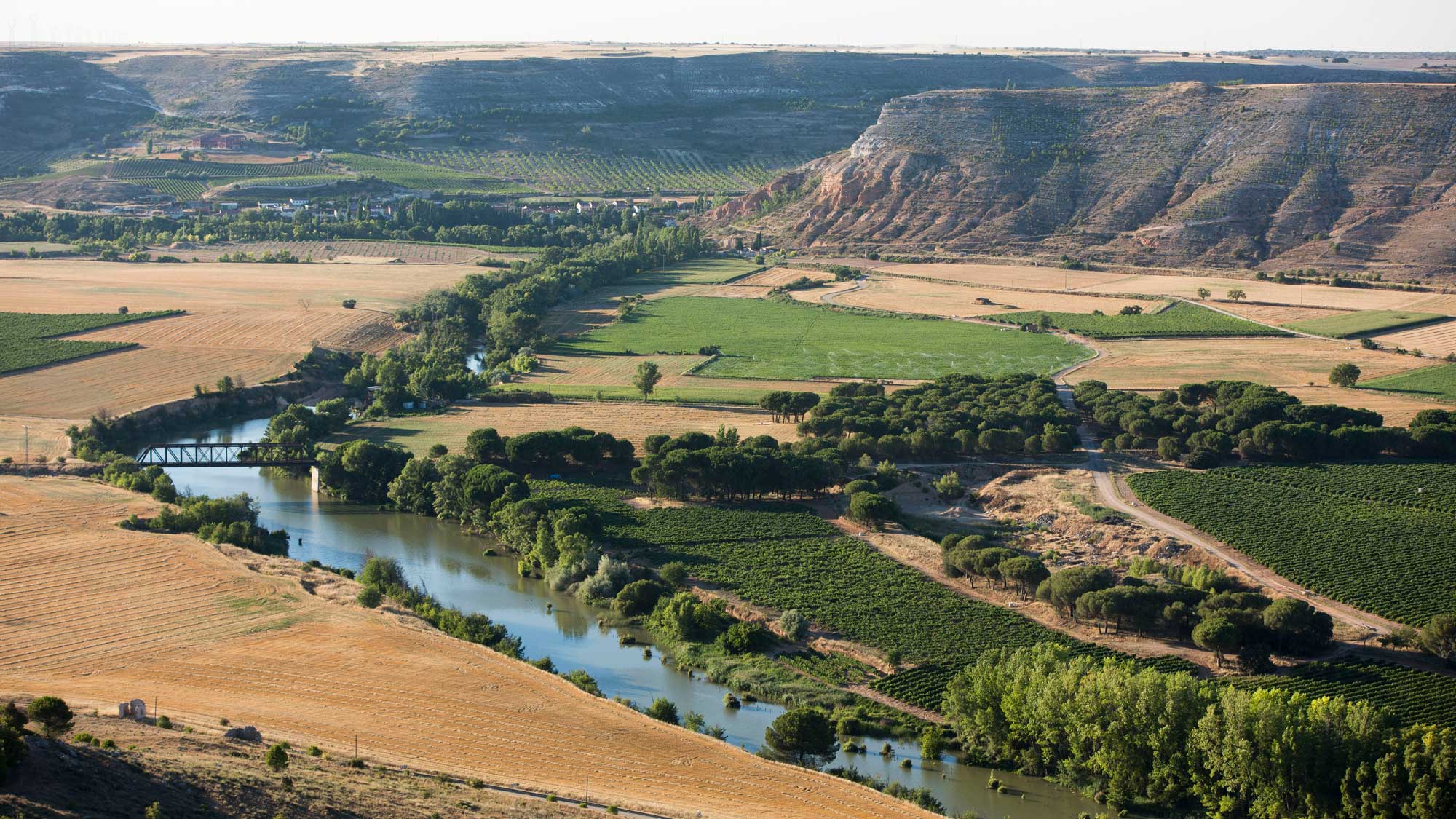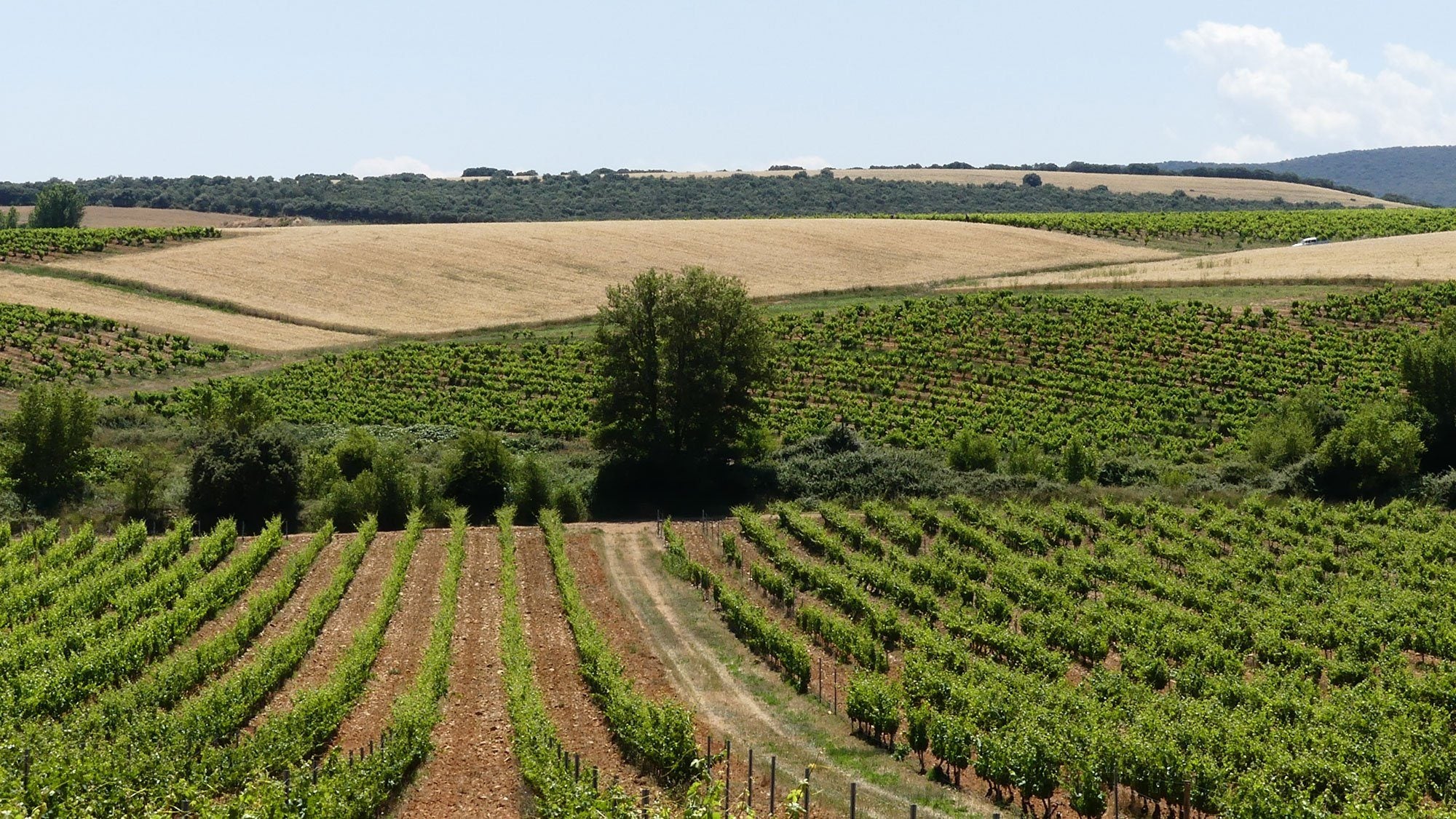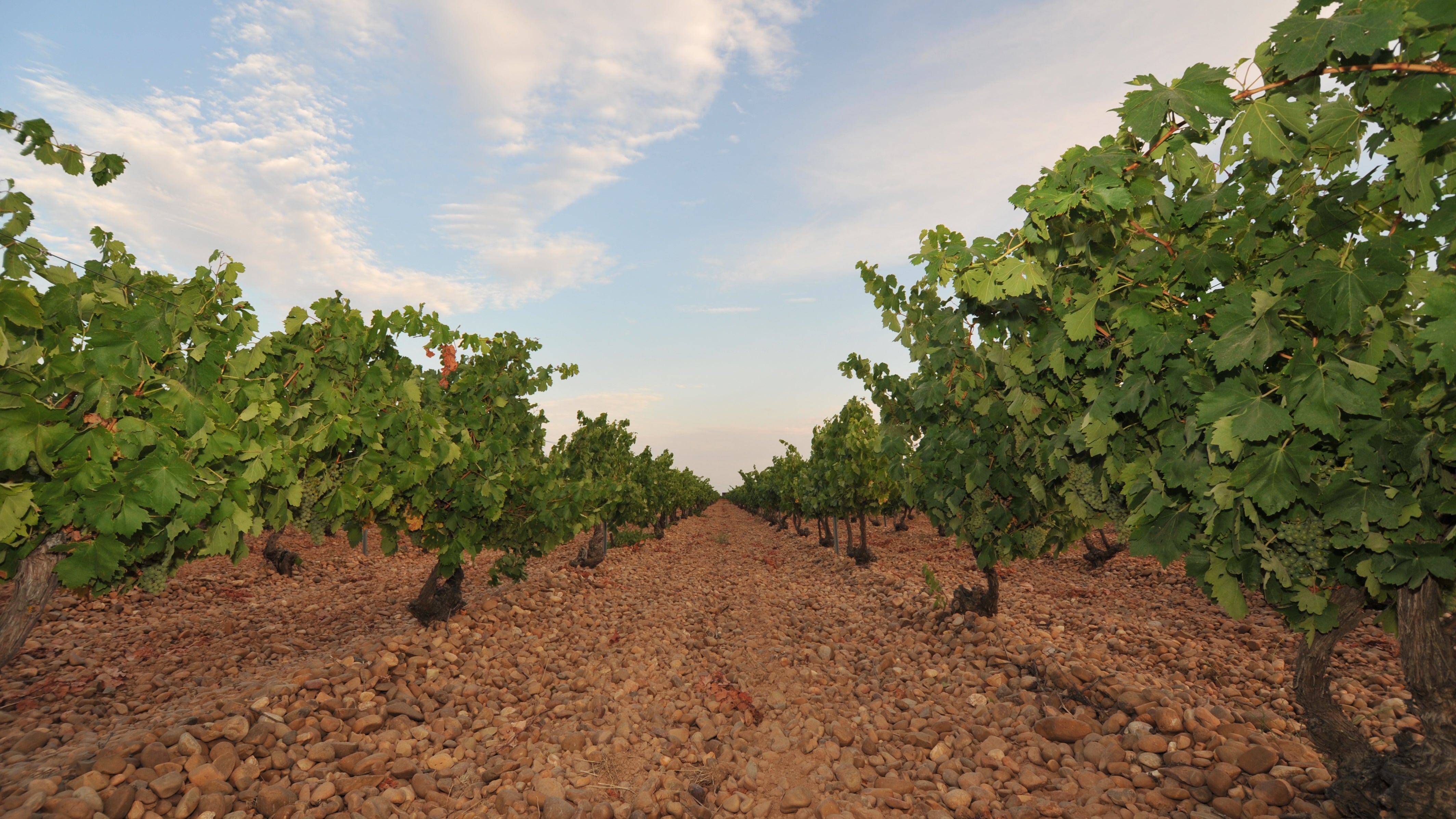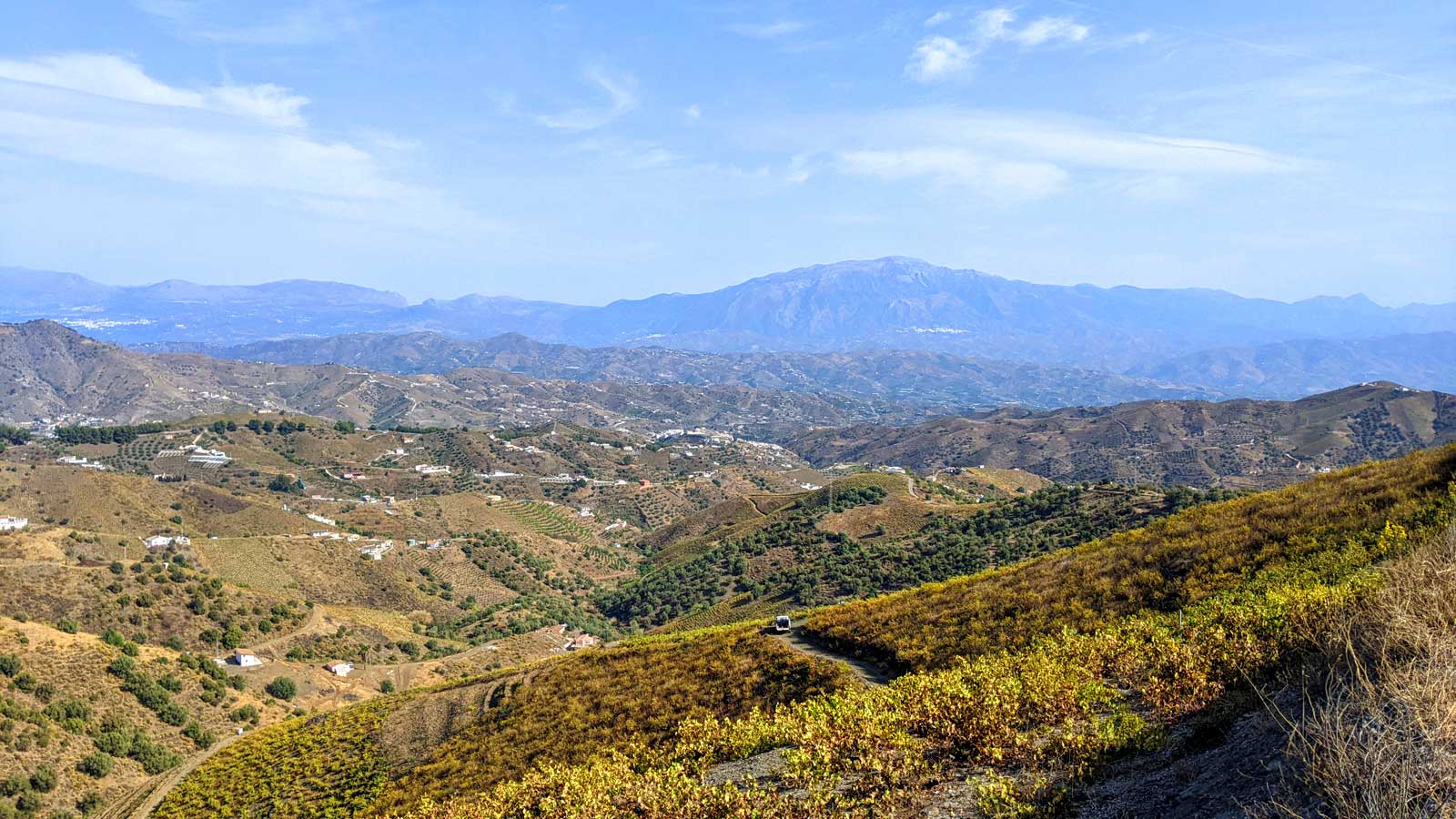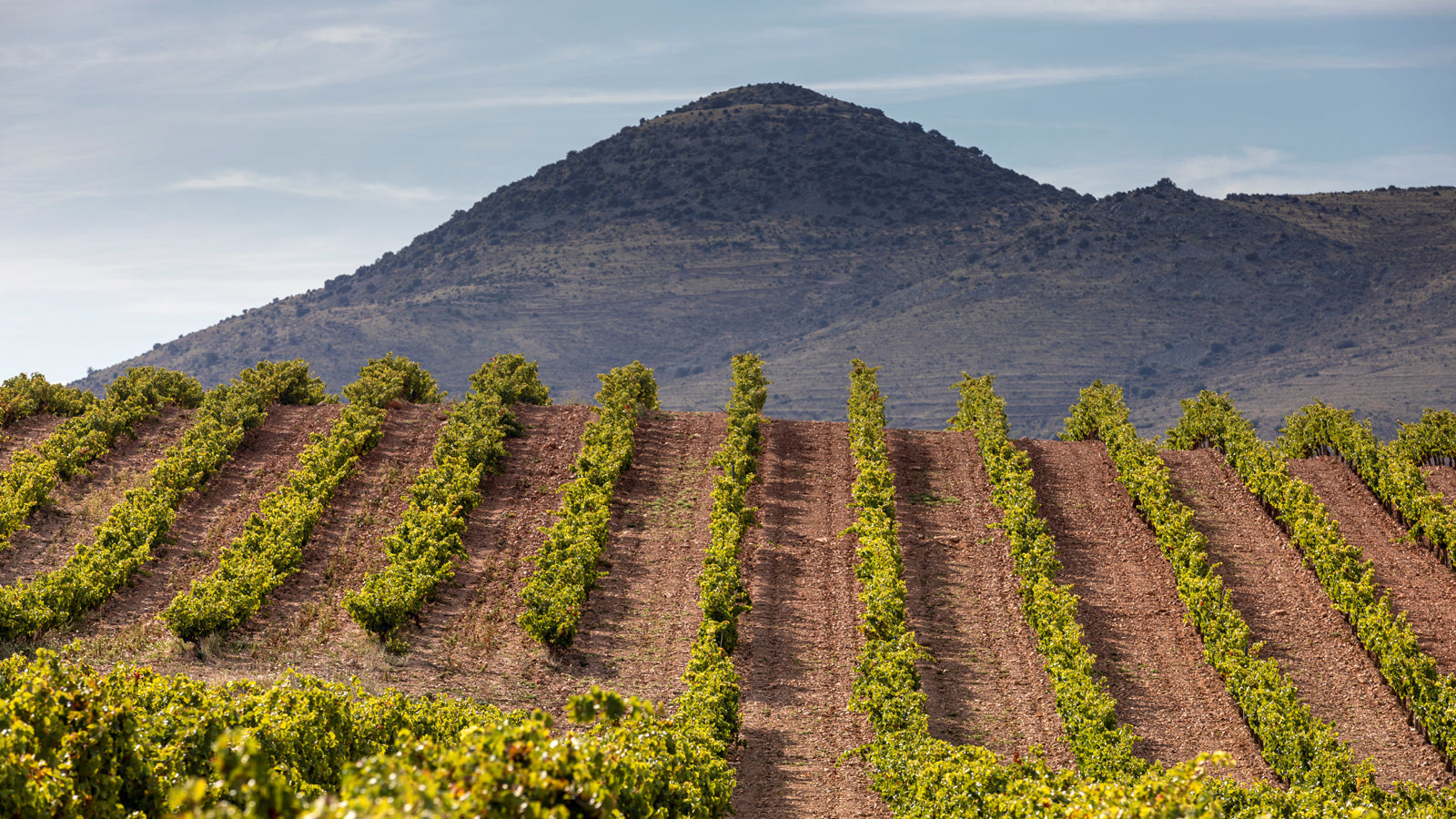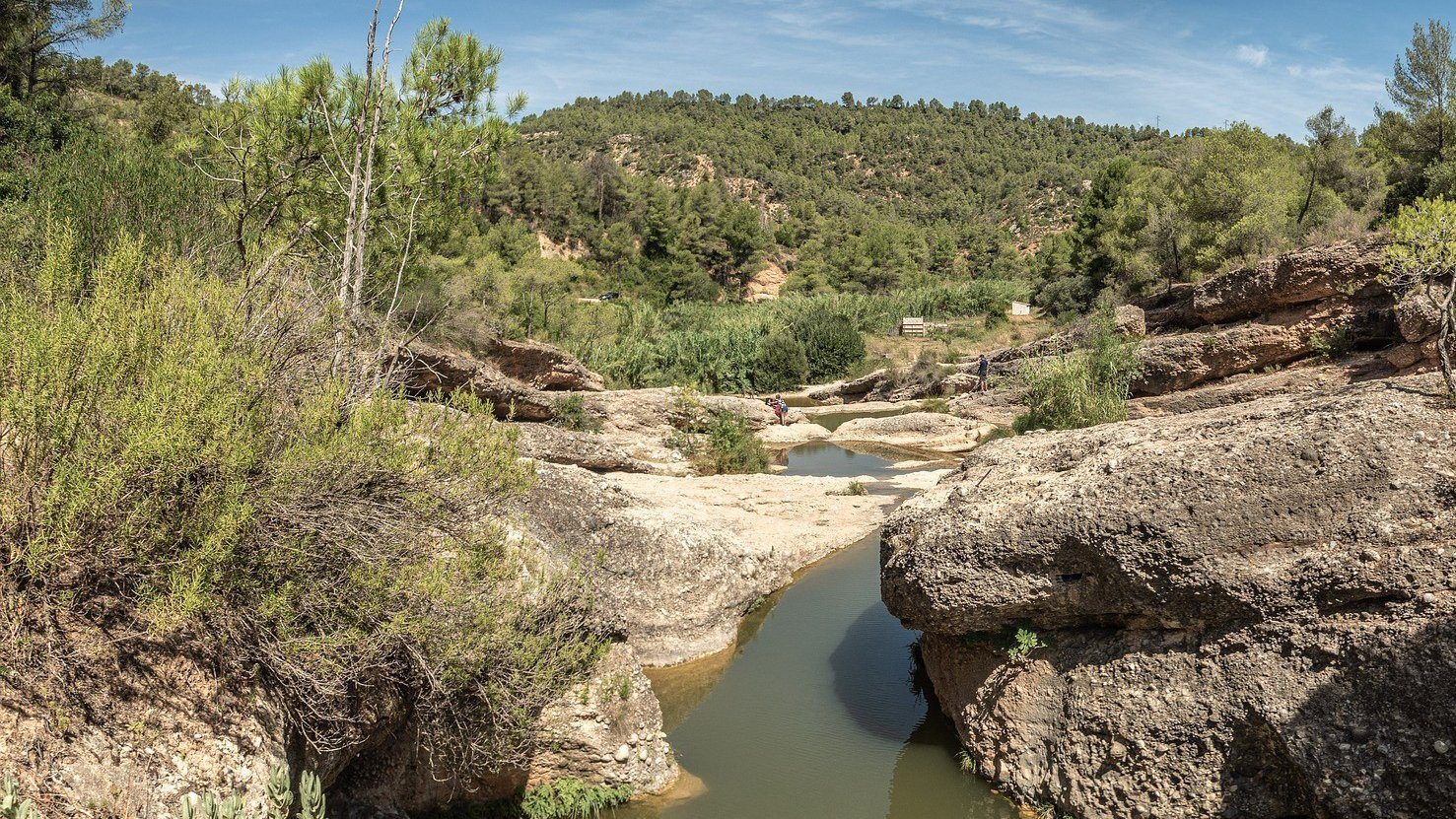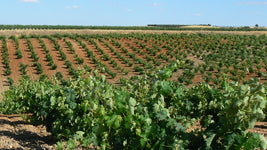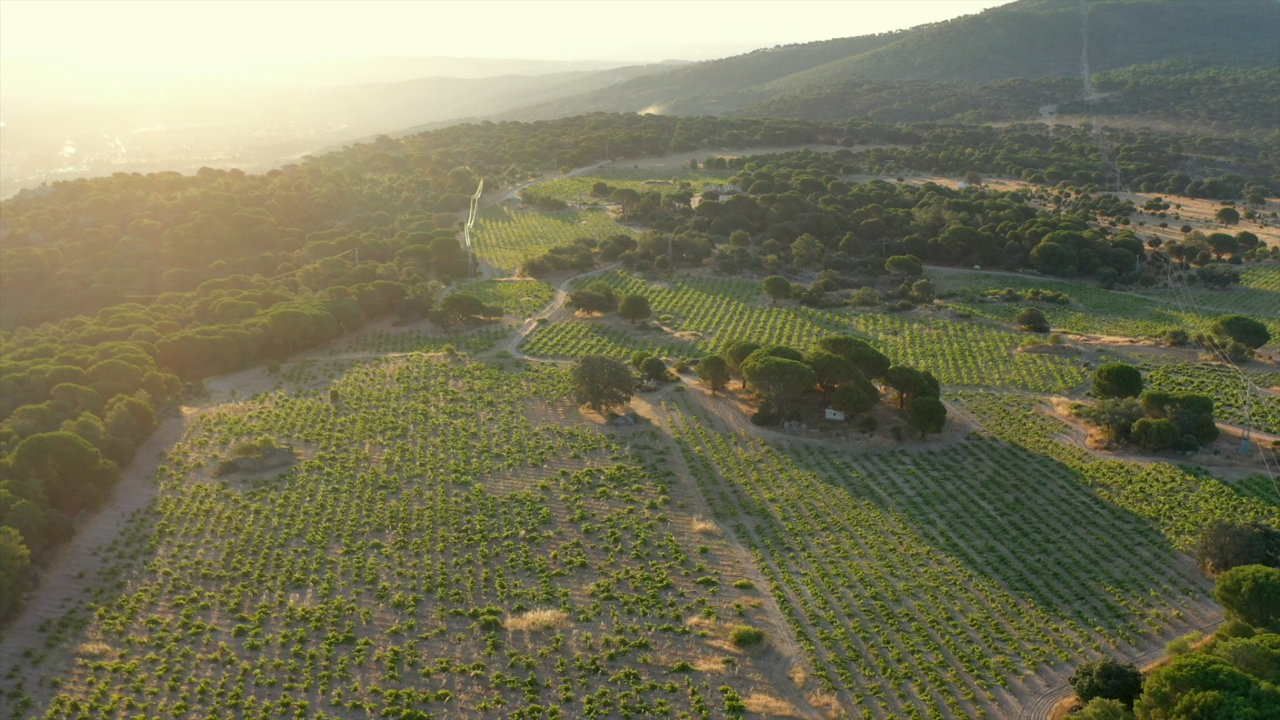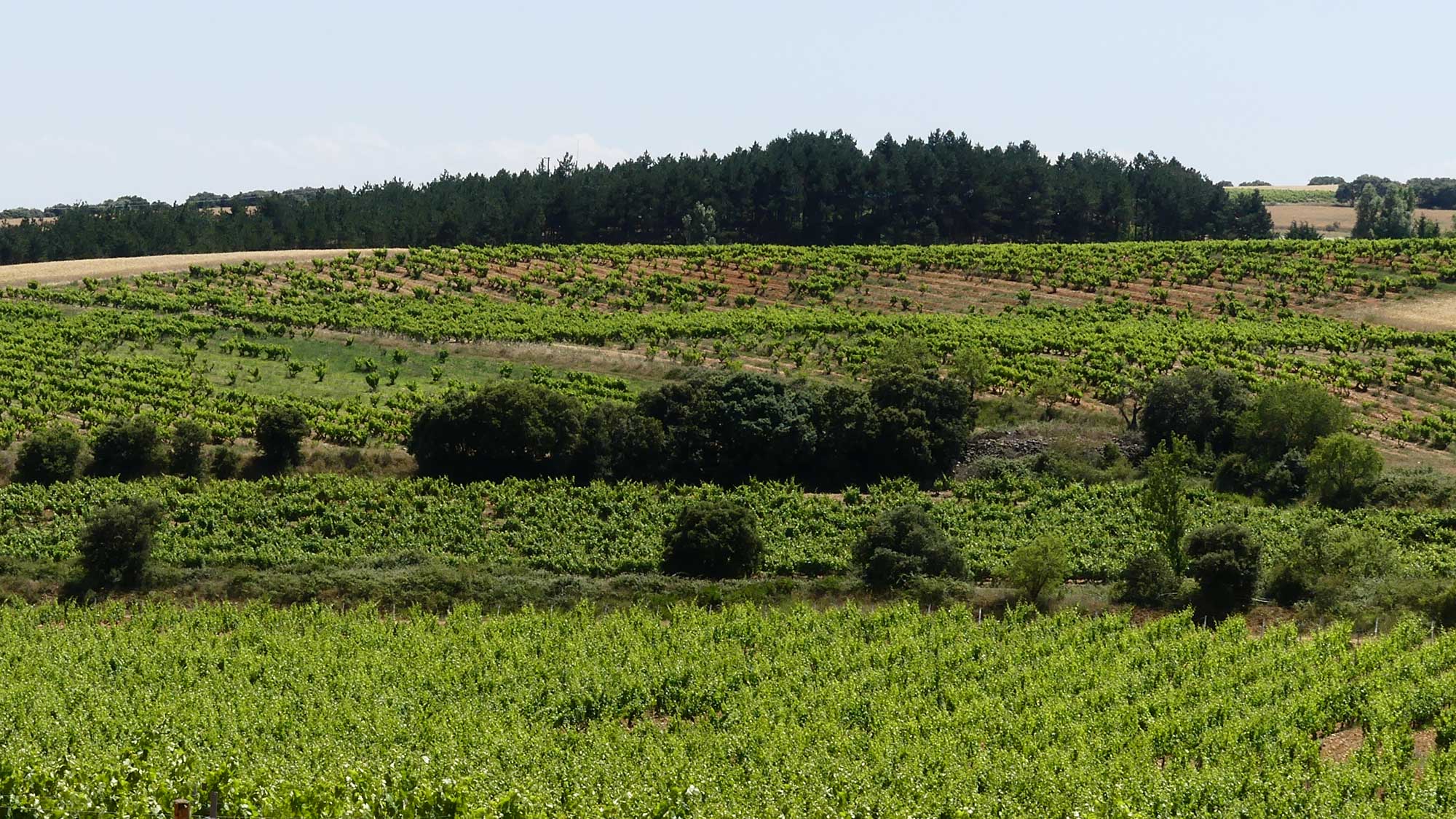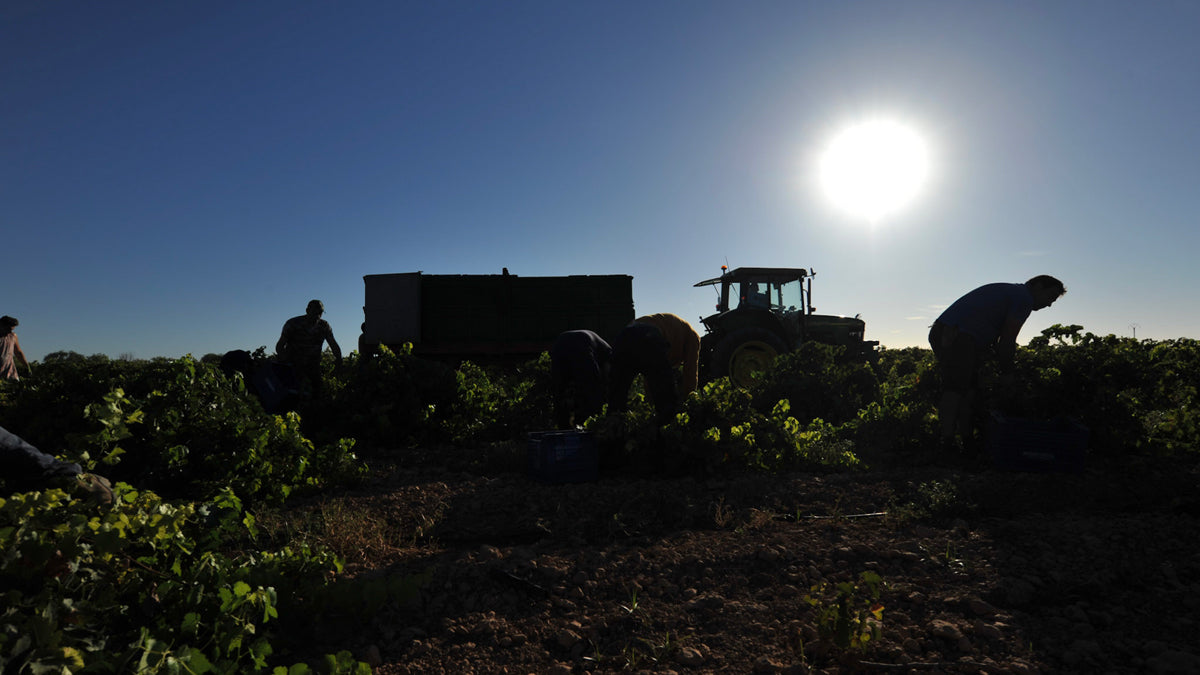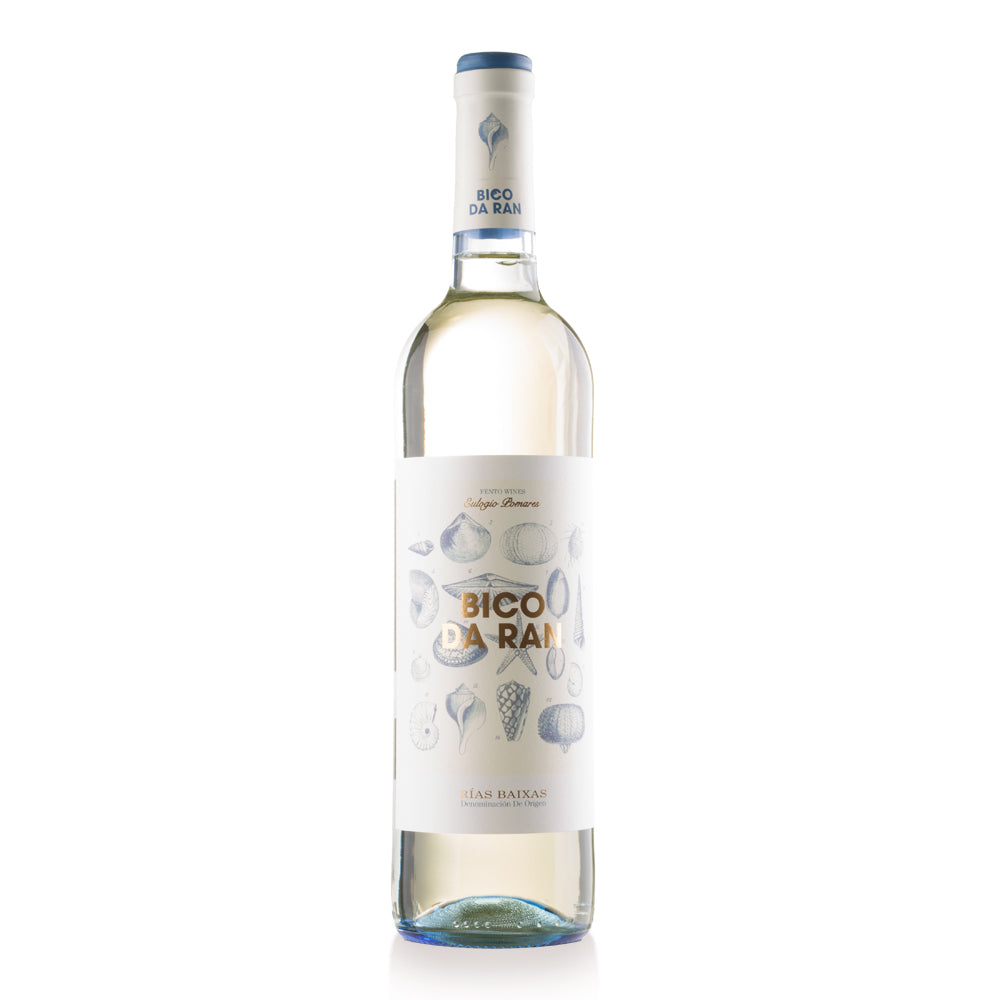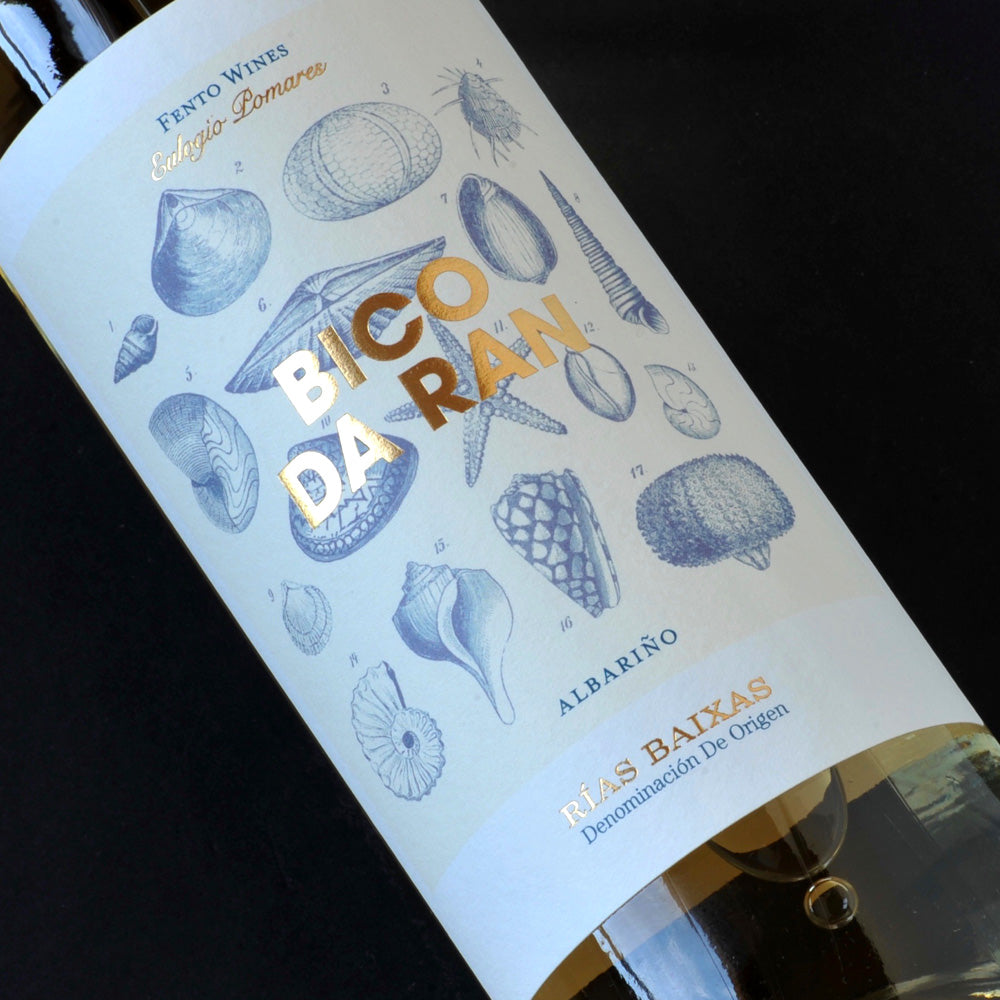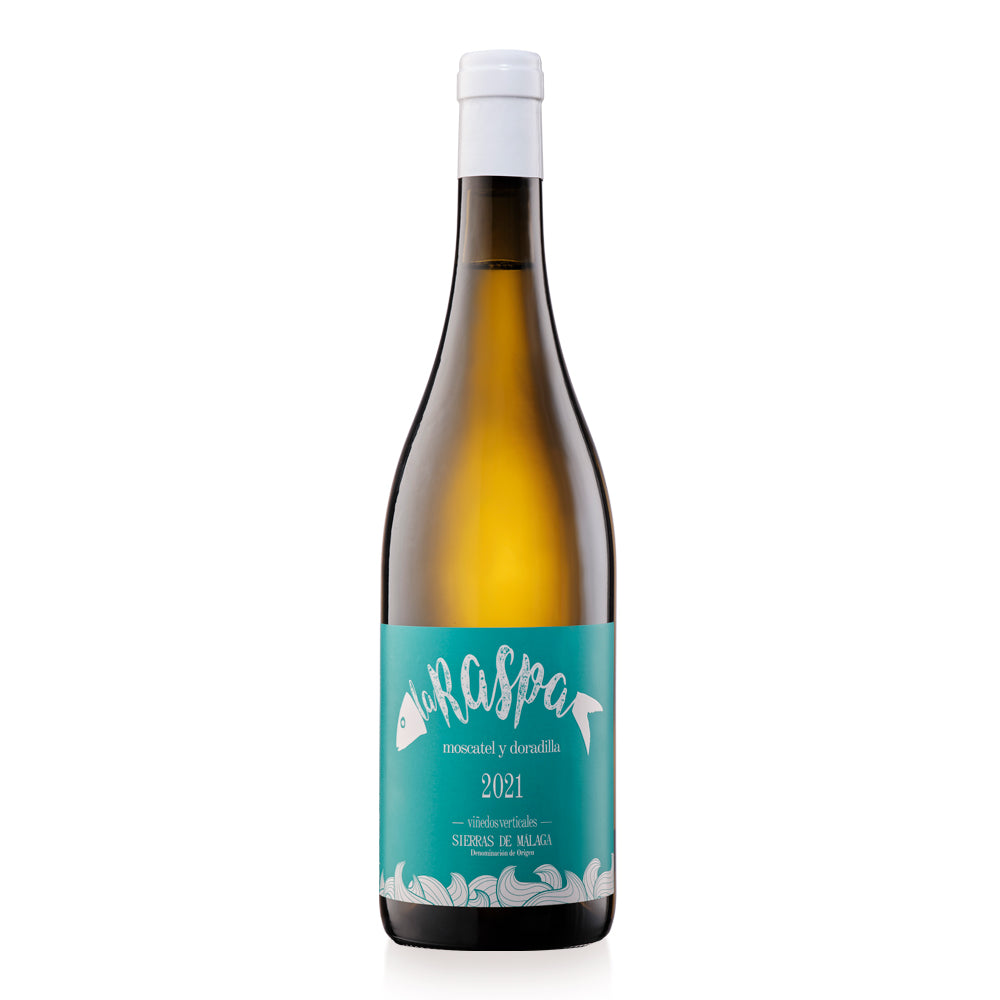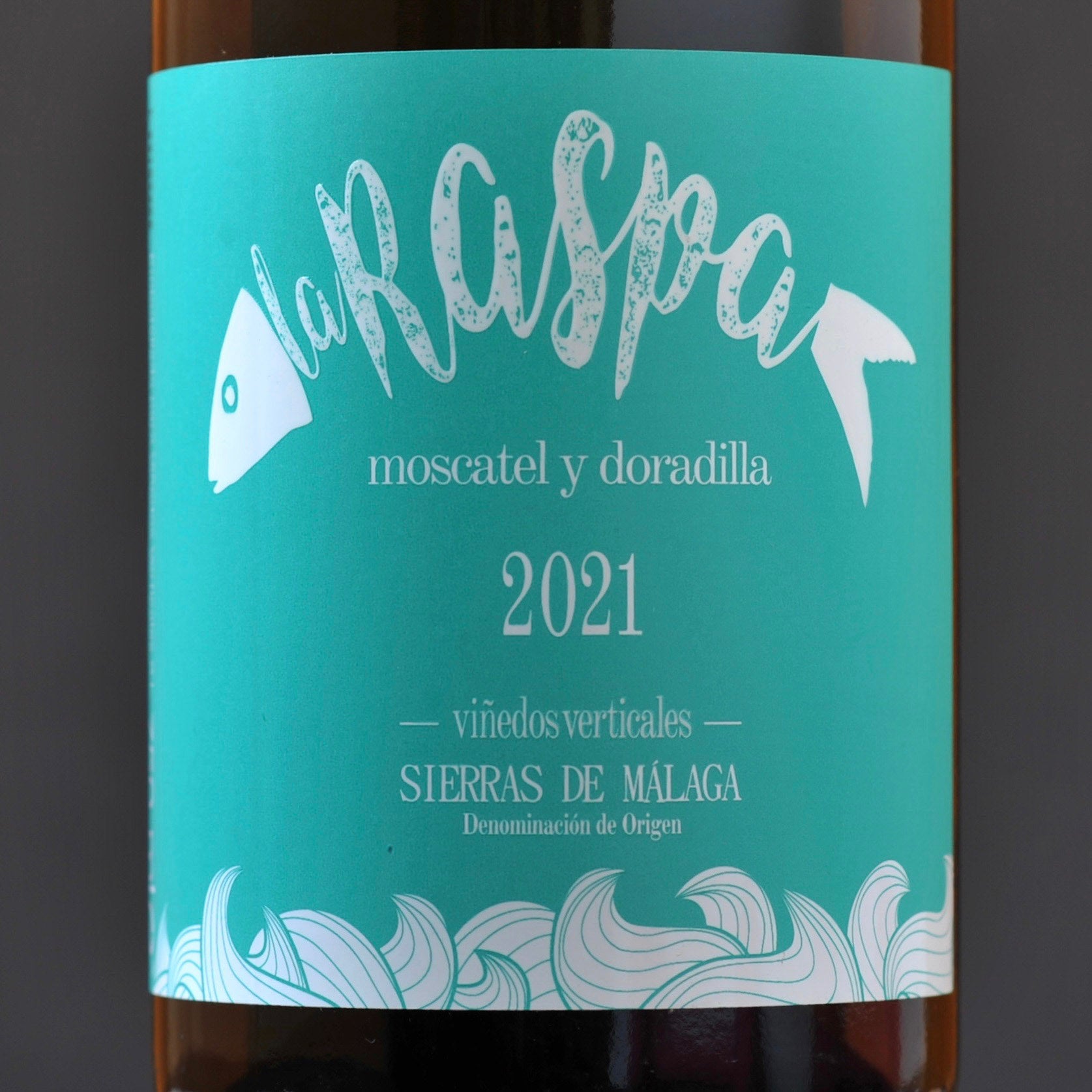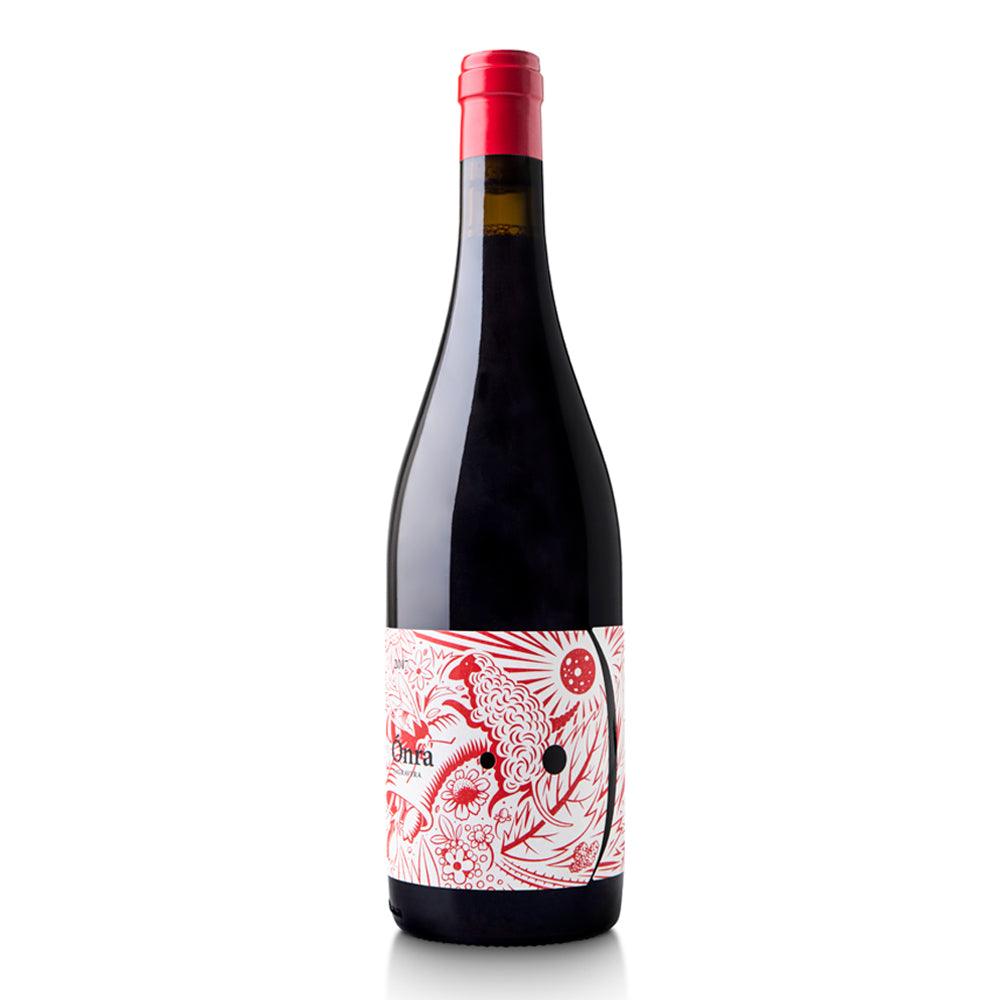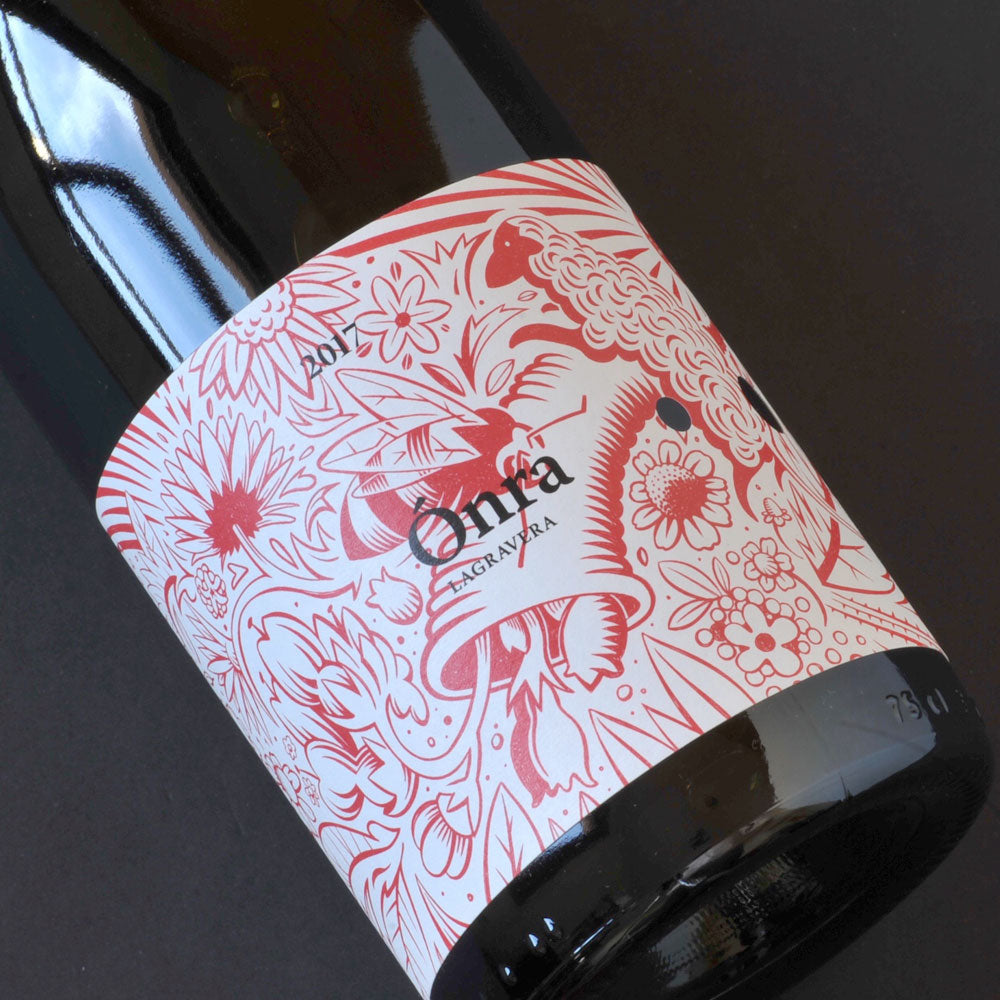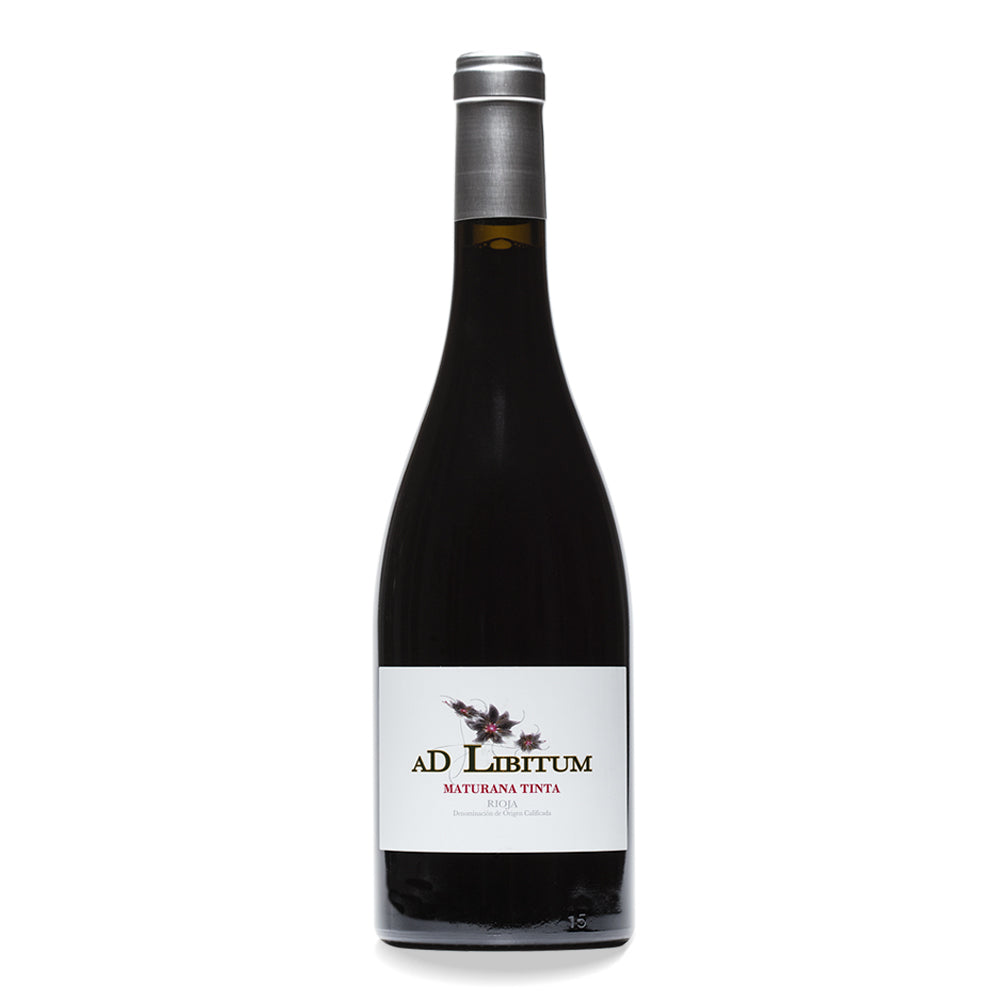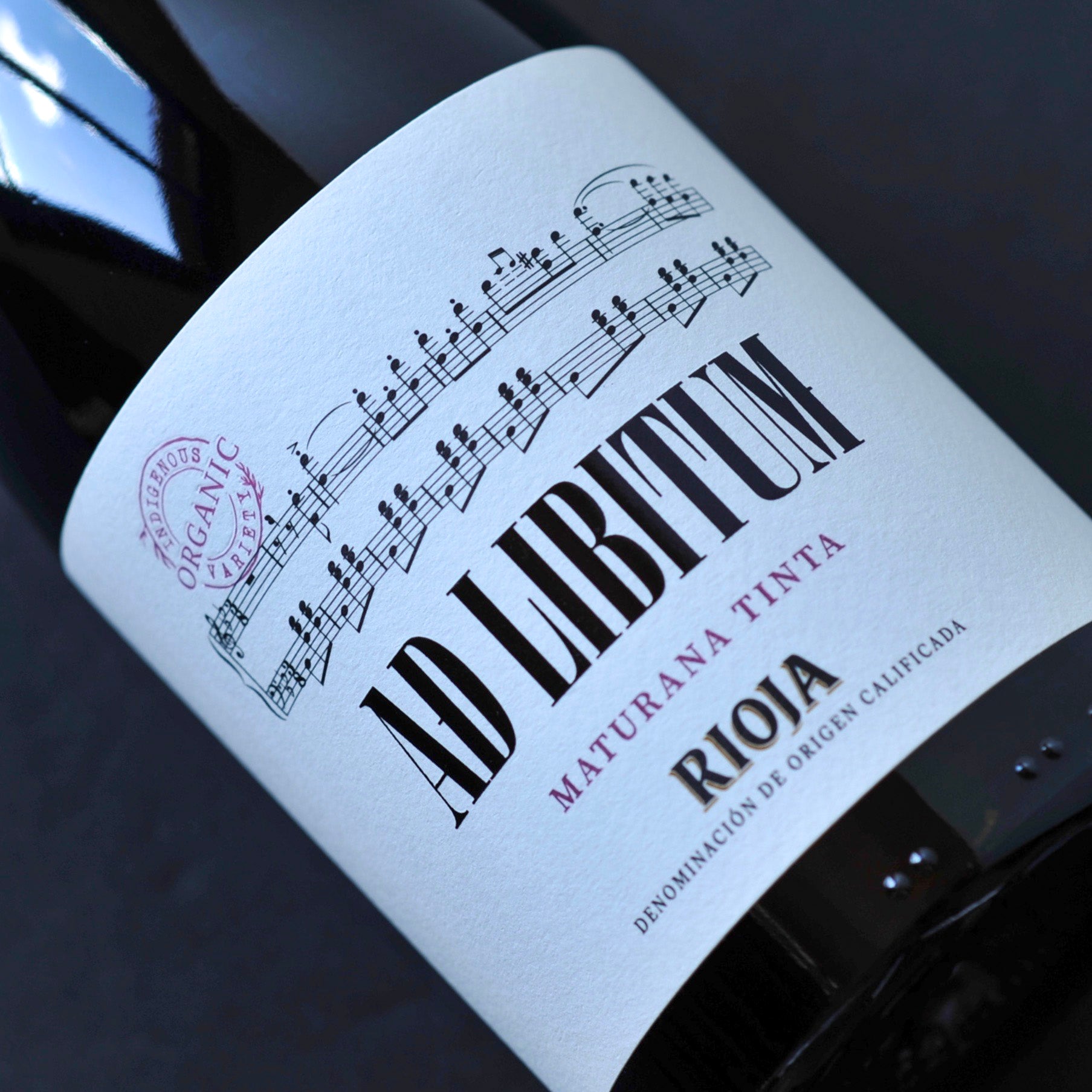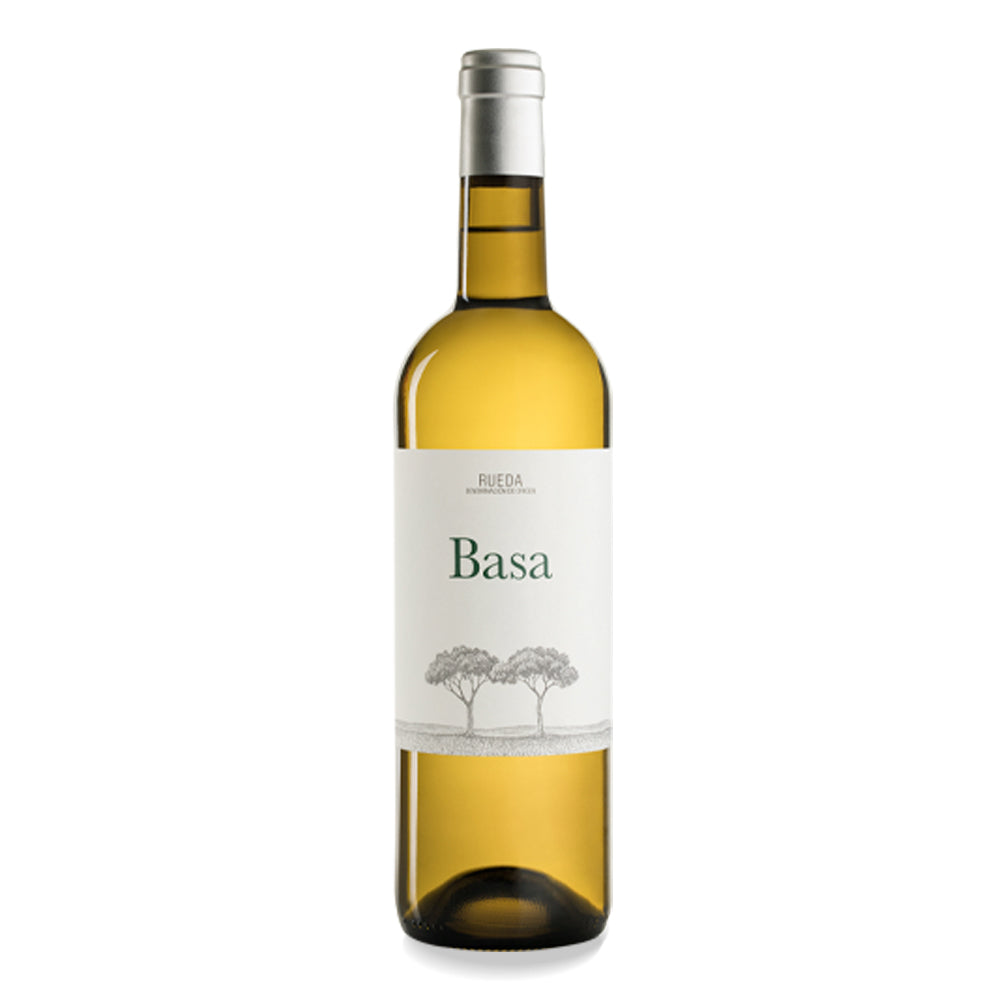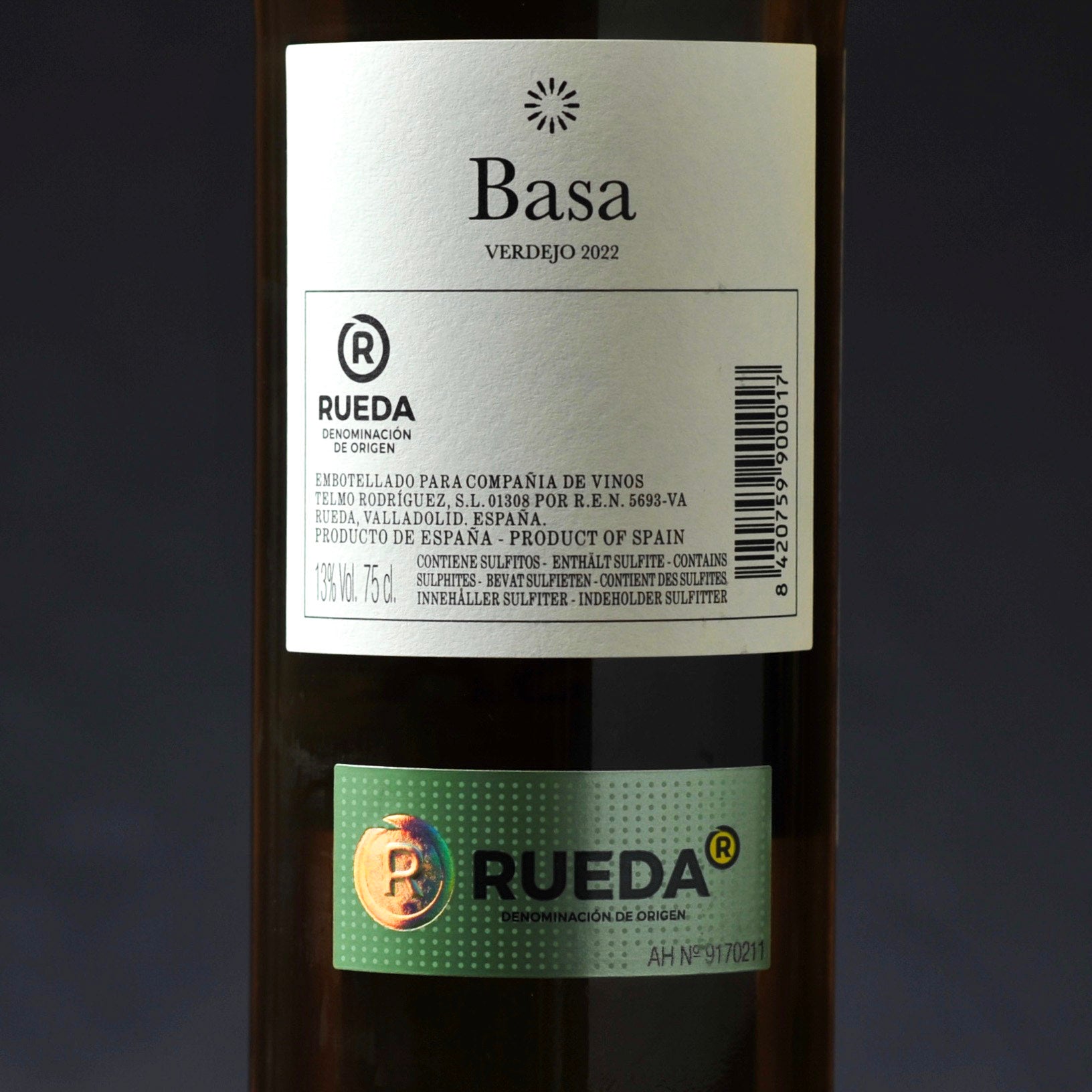Key Points
- Grape varieties: loads of native varieties but the main list includes Mencía, Merenzao, Brancellao, Sousón, Godello, Loureira, Treixadura, Caíño Tinto, Longo and Bravo
- Hectares planted: 1,276 Hectares
- Grape growers: 2,291
- Wineries: 89

About Ribeira Sacra
Ribeira Sacra is one of five Denominaciones de Origen in Galicia (the others are Rías Baixas, Ribeiro, Valdeorras and Monterrei), and the only one specialising in red wines. Its 1,200 hectares span the provinces of Lugo and Ourense, and are divided into five distinct sub-zones: Amandi, Chantada, Quiroga-Bibei, Ribeiras (literally "banks of…") do Miño y Ribeiras do Sil. "Heroic viticulture" is a phrase that often gets bandied about when talking about Ribeira Sacra, and it’s true that the vineyards that seem to hang from the vertiginous banks of the Sil and Miño rivers that dissect the region, demand winemakers with good balance and a head for heights!
Despite its wine history stretching back centuries and the region’s importance as a centre for religious orders in the Middle Ages, Ribeira Sacra has traditionally struggled to make its mark outside Galicia, and it’s only relatively recently that established winemakers from other parts of Spain like Raúl Pérez, Eulogio Palmares or Xurxo Alba have fallen under the region’s spell and started their own winemaking projects there. This kind of artisanal revival makes a virtue out of adversity, exploiting Ribeira’s diverse array of soil types, altitudes and orientations and working with its native grape varieties to produce terroir-driven wines with a strong sense of place. Critics and wine-lovers have followed and Ribeira’s glorious Atlantic reds with their vibrant fruit and fresh acidity are gaining new fans every day.
The terrain of Ribeira Sacra
The rugged terrain in this corner of Galicia makes for very labour-intensive vineyards, and growers traditionally struggled to make a profit. Even today, the high costs of farming on such steep slopes put many off - it’s estimated that recovering 1 hectare of vineyard can cost anywhere between 80-100,000 - and the larger wineries tend to steer clear.
There’s lots of debate among the region’s producers as to which factors are the most important when considering which vineyard plots are the best. Some favour orientation, arguing for example that east-facing plots are preferable for catching the early morning sun and burning off any frost, while others argue that with climate change raising average temperatures north-facing slopes, traditionally avoided because they were too exposed, are gaining in popularity. Soils too are varied, with lots of granite, slate and schist and a high mineral presence.
The climate of Ribeira Sacra
Despite its position in the northwest of Spain and proximity to the Atlantic, the climate of Ribeira Sacra can vary greatly from one sub-zone to the next, with some more continental aspects such as long, hot summers and relatively mild autumns. But rainfall, as in the rest of Galicia, is relatively high.
The grapes of Ribeira Sacra
Mencía remains the most widely planted red variety, although many of the new wave Ribeira producers put the focus on less well-known, native varieties like Brancellao or Merenzao, different versions of Caíño, Sousón or Espadeiro. White wines tend to be made from better known varieties familiar in other Galician DOs like Godello, Treixadura, Torrontés, Loureira or even Albariño.
In summary
Wild and rugged, this corner of northwest Spain is a paradise for those looking to get away from the noise and bustle of urban life, and for wine-lovers too it’s got a lot to offer. Twists and turns mean it’s hard to get to by road, but once you’re here the dramatic river valleys with their beautifully terraced vineyards demand to be enjoyed slowly. Wine production in Ribeira Sacra is small-scale; 20% of the DO’s wineries make less than 5,000 bottles per vintage, and the region’s reds make a wonderful introduction to some of Spain’s most exciting native grapes.

